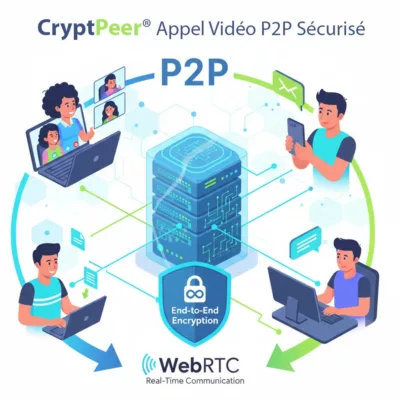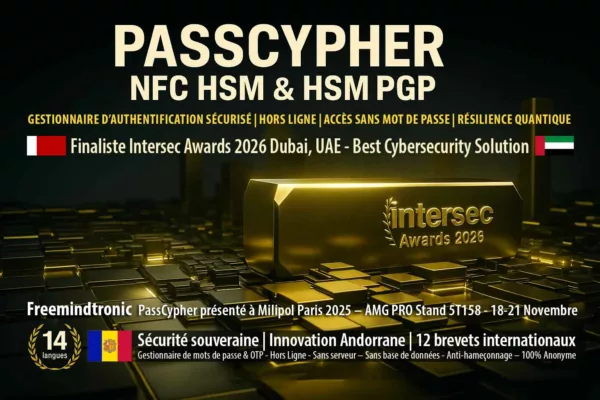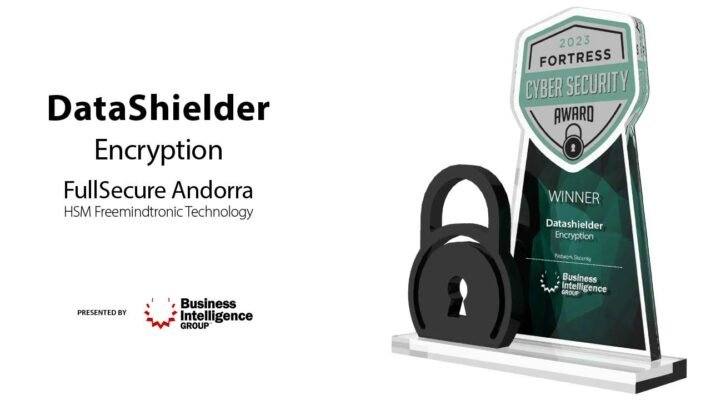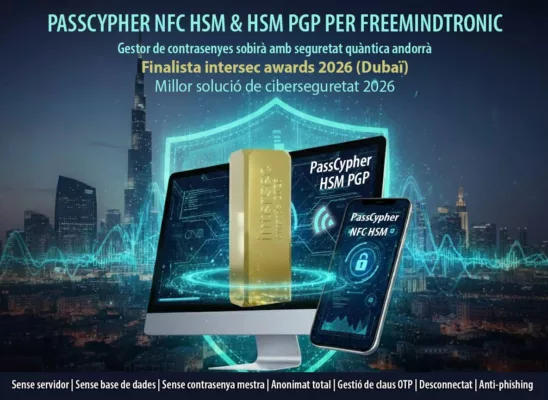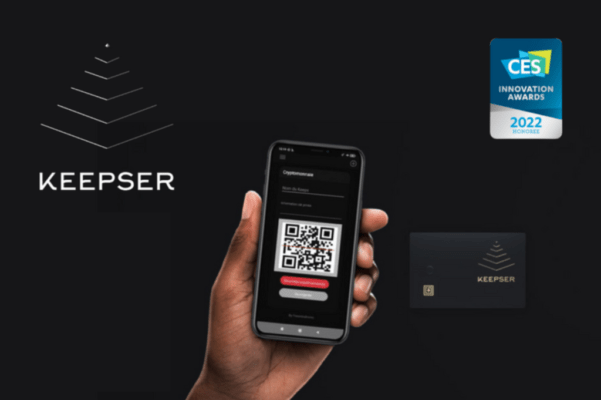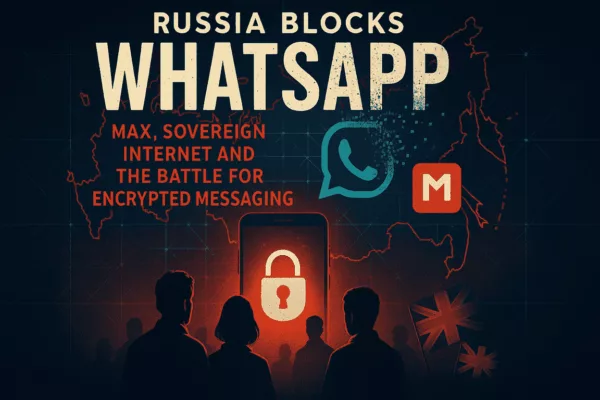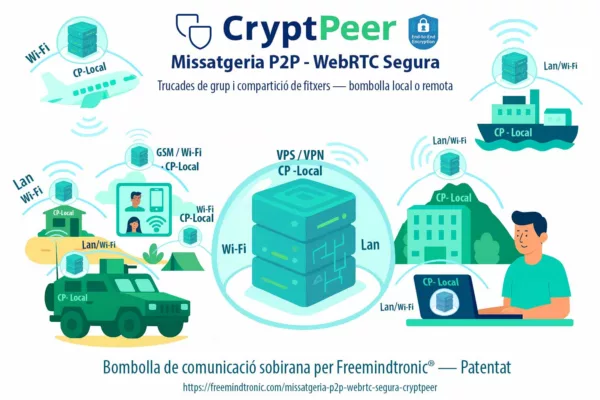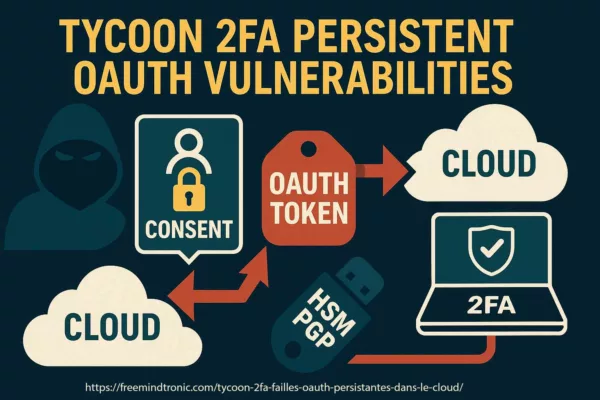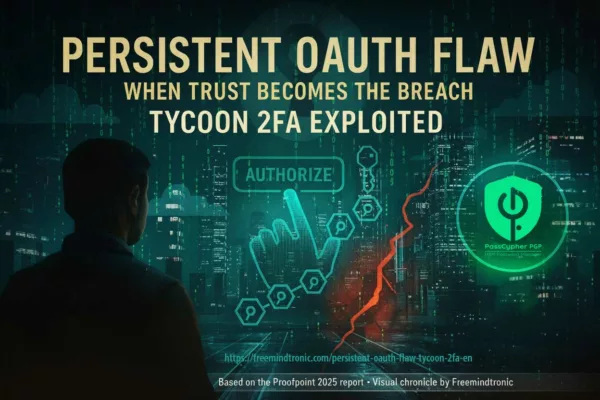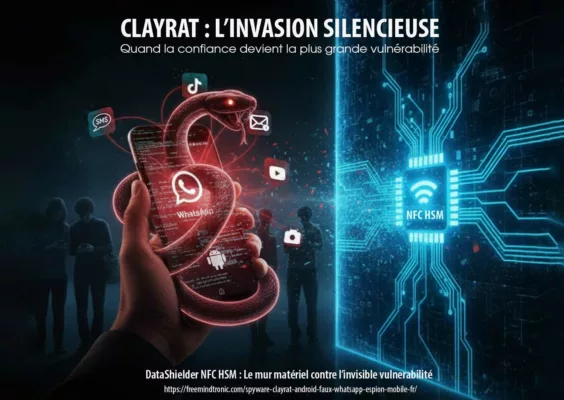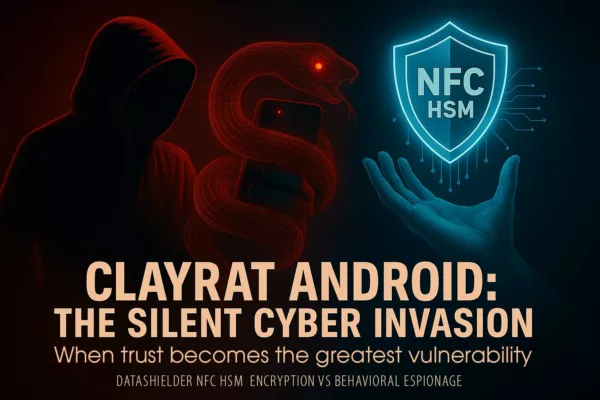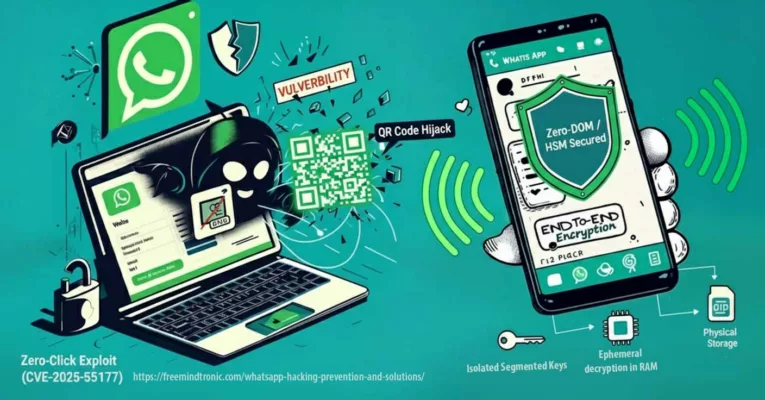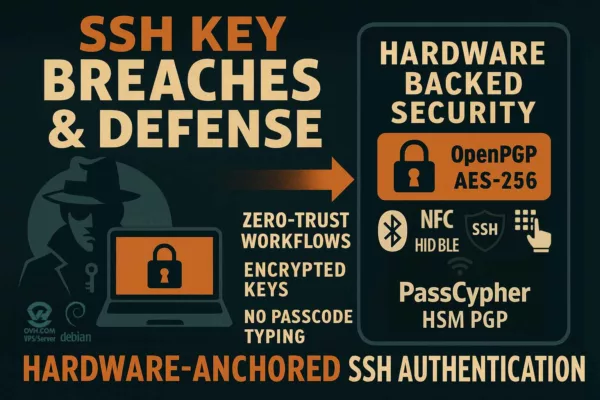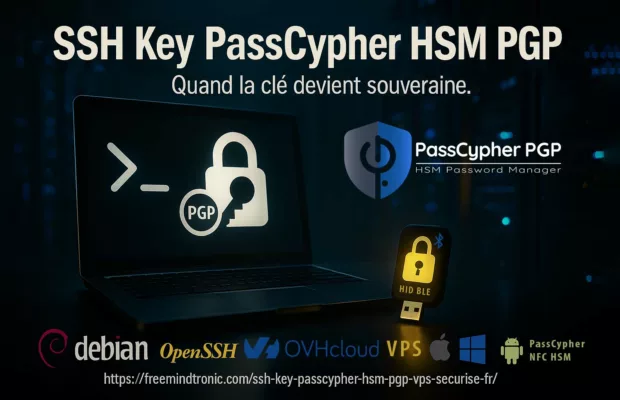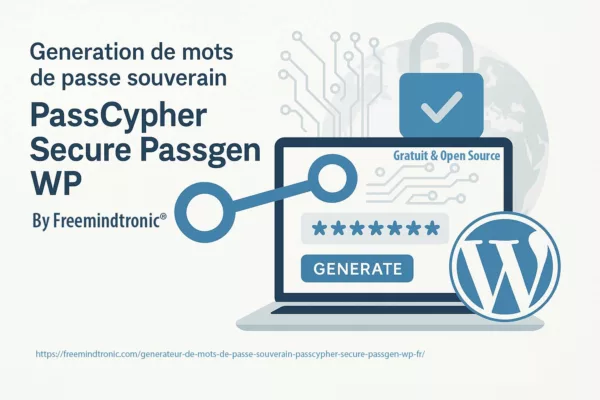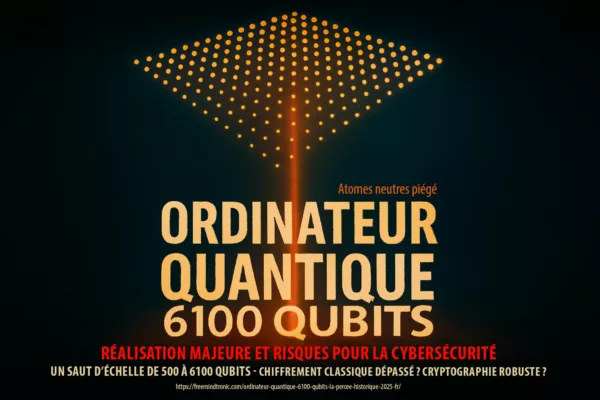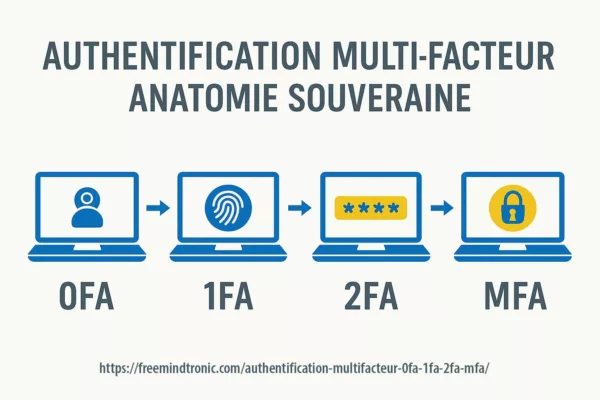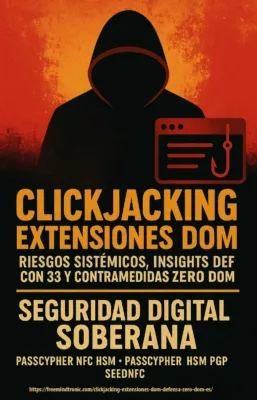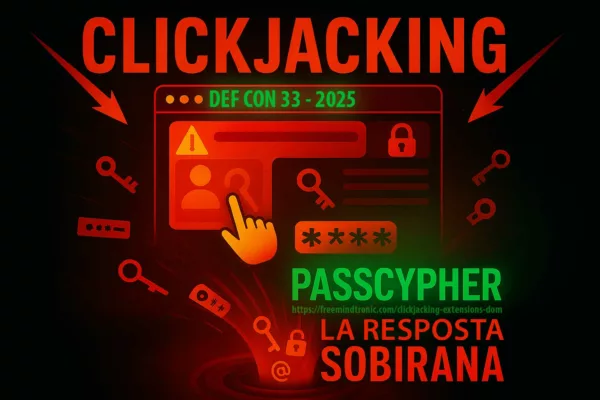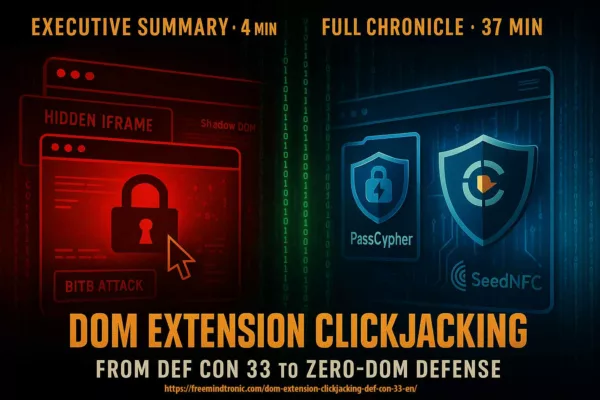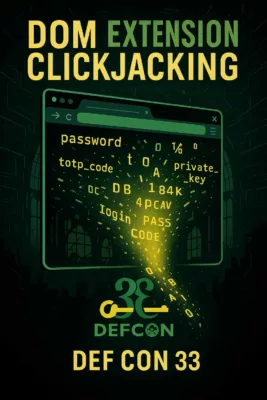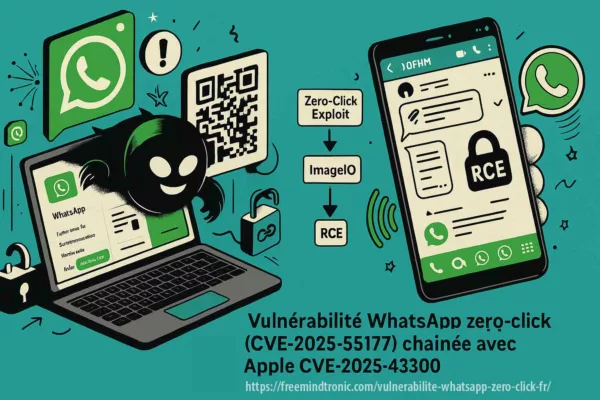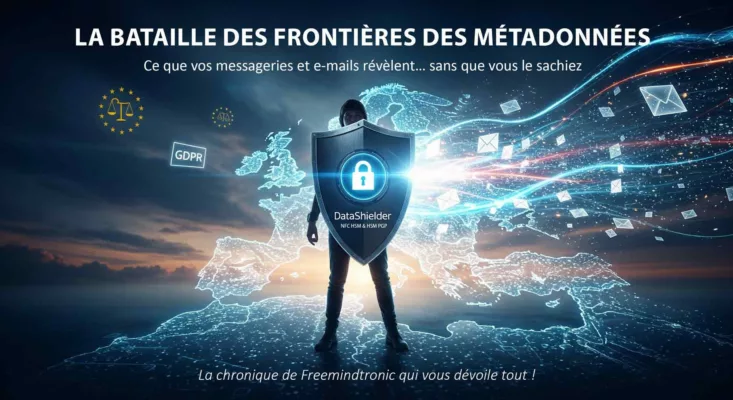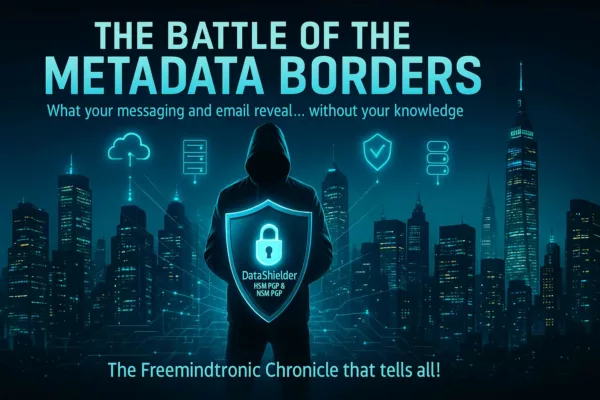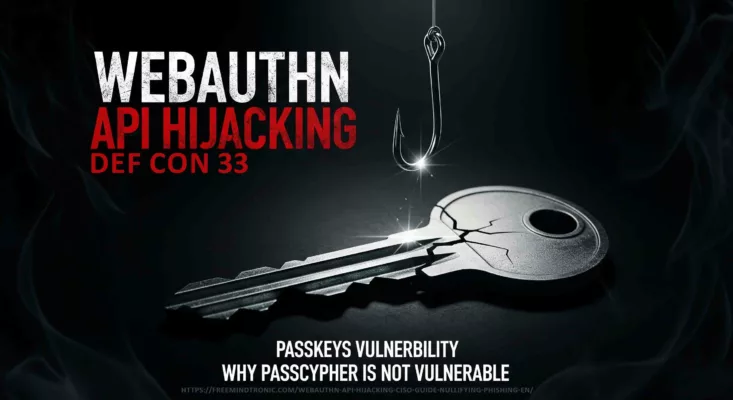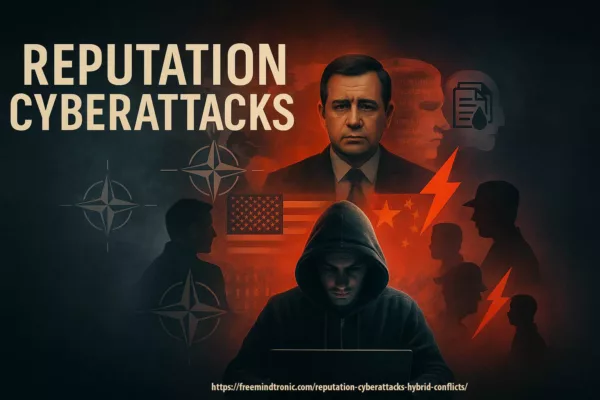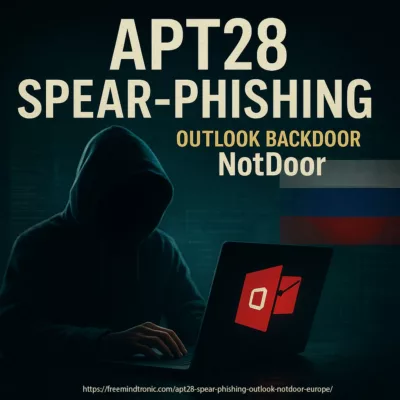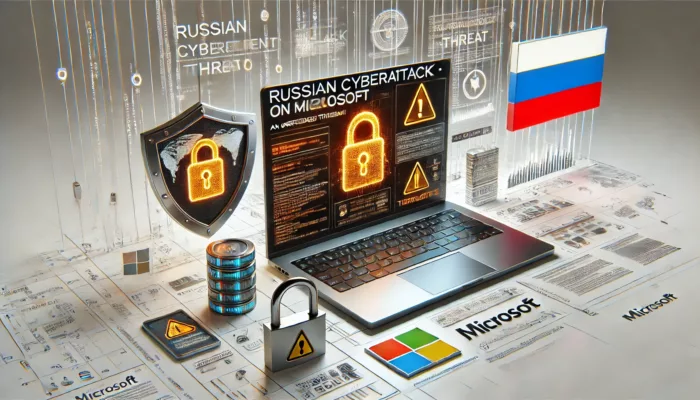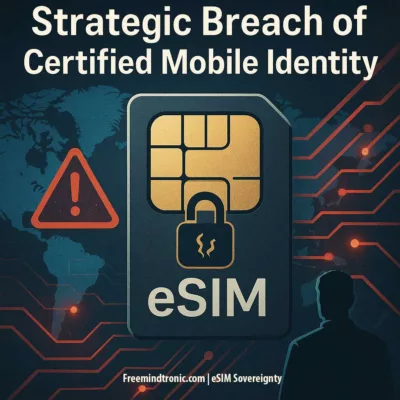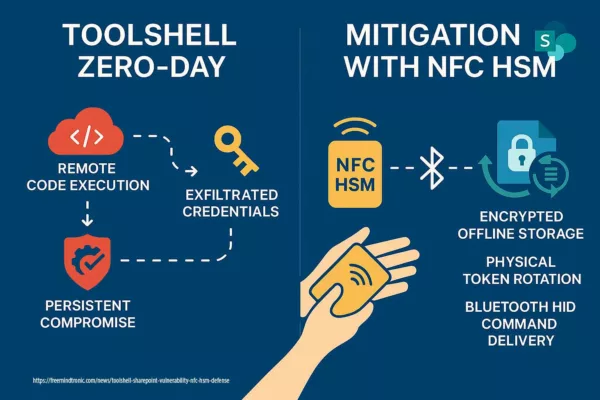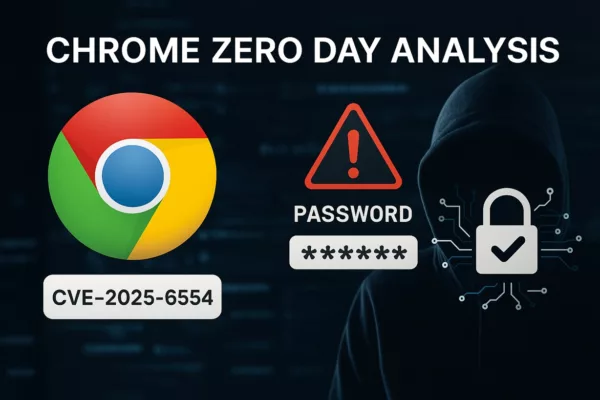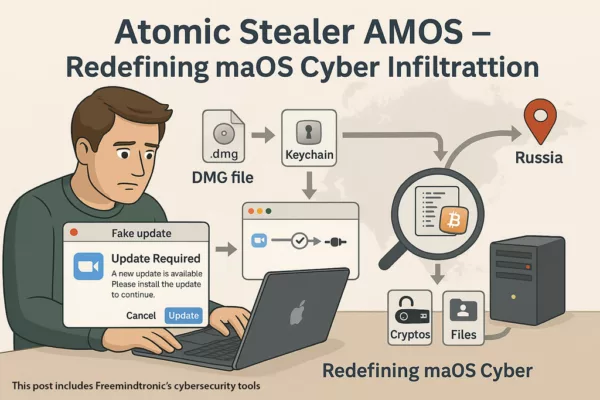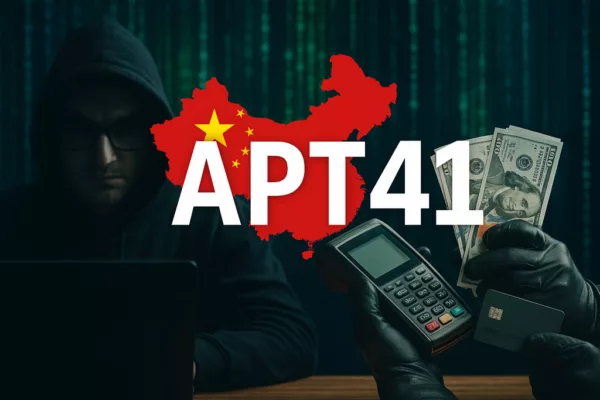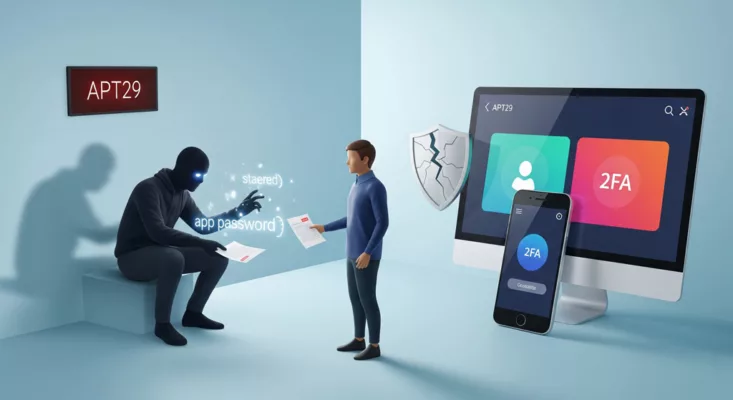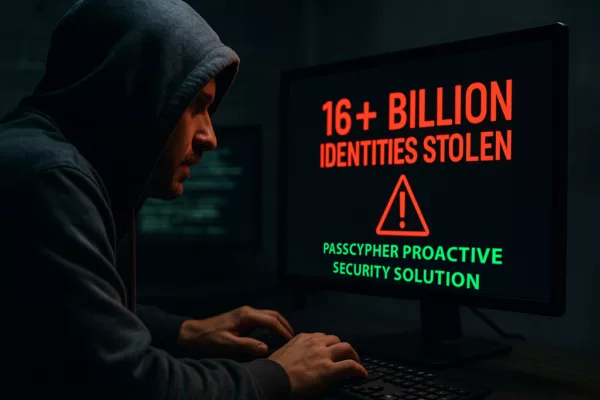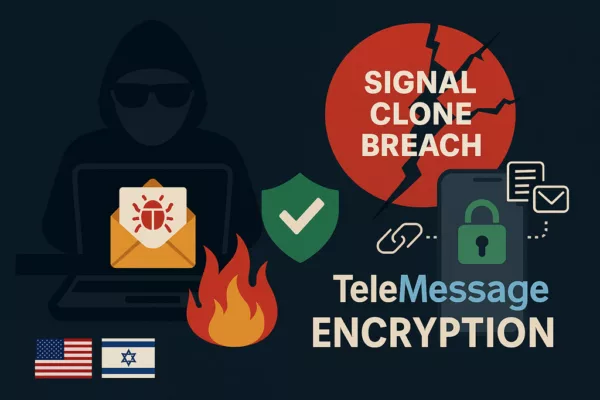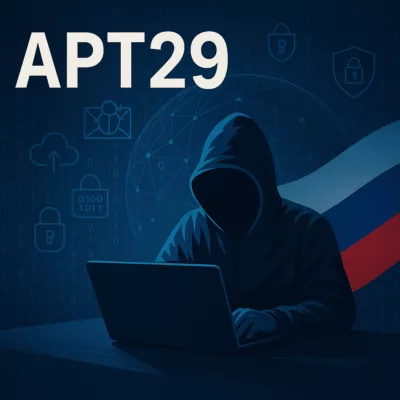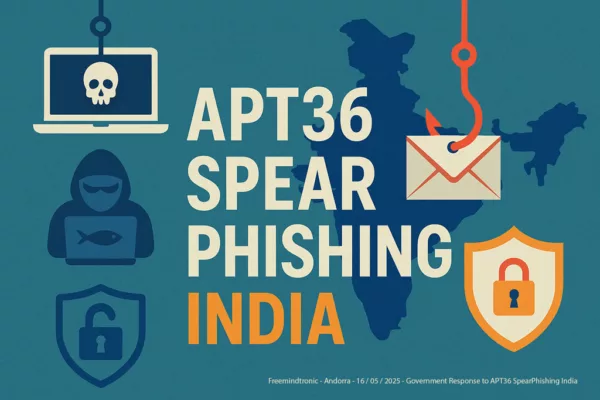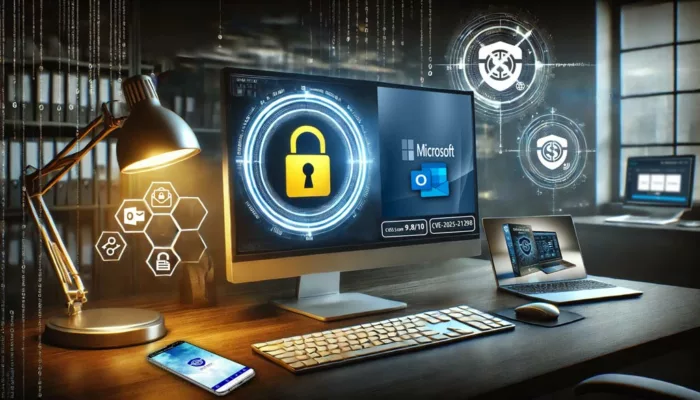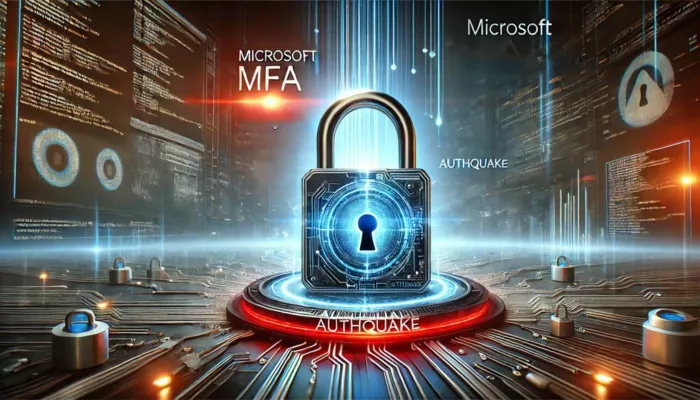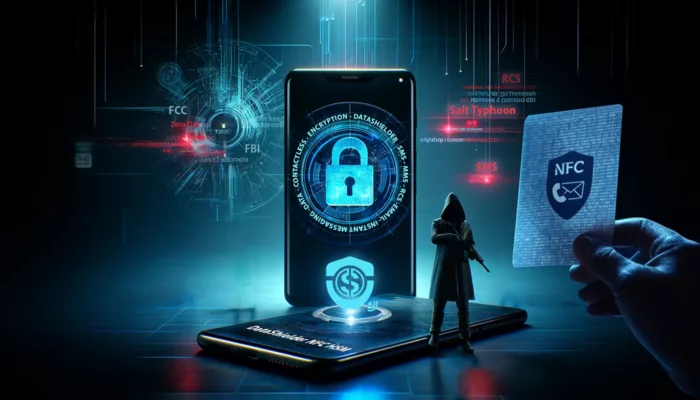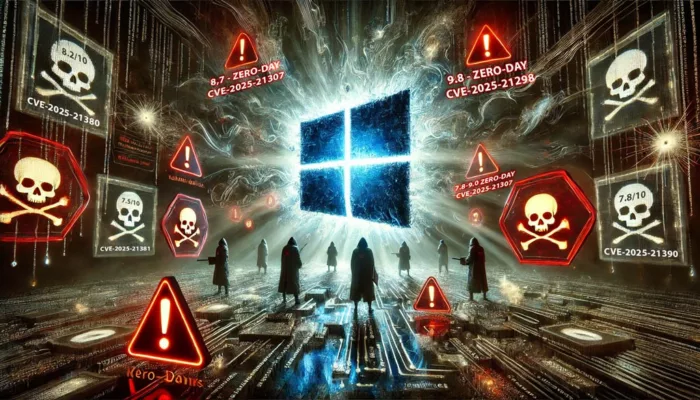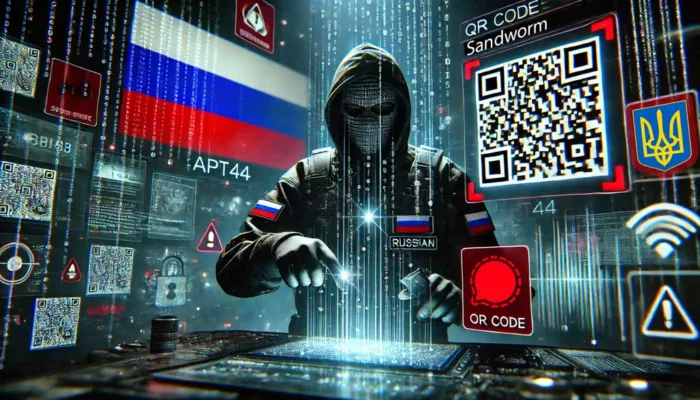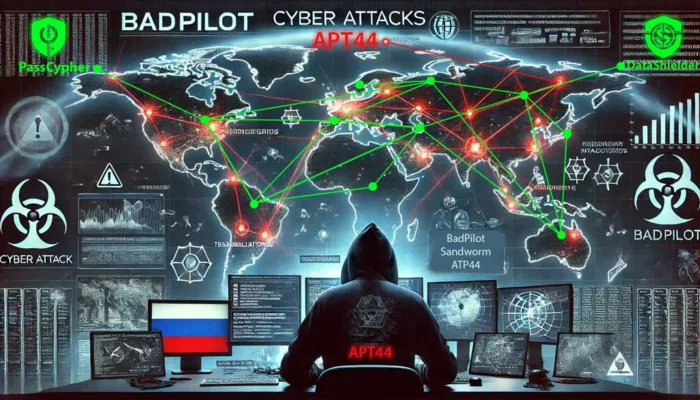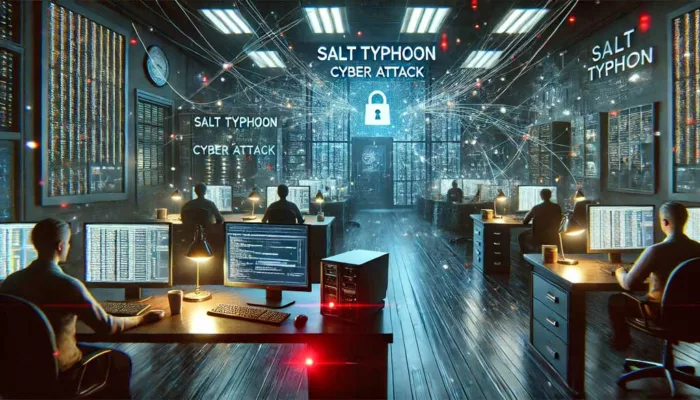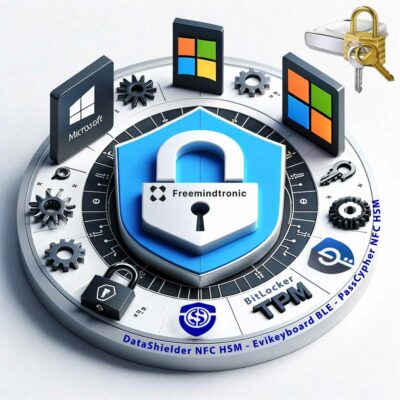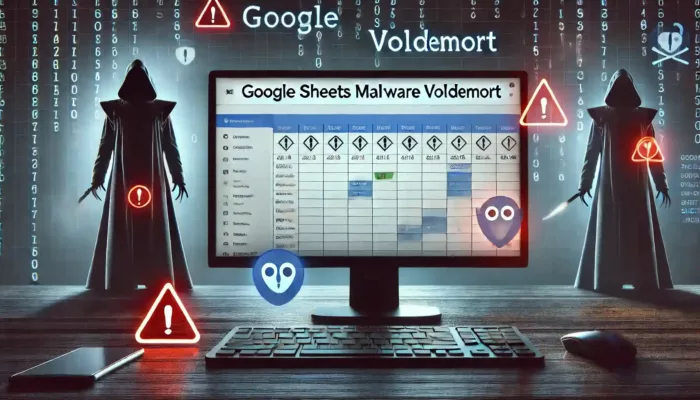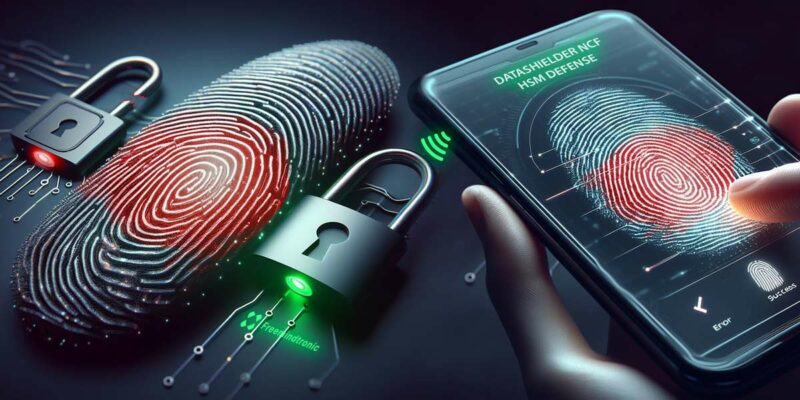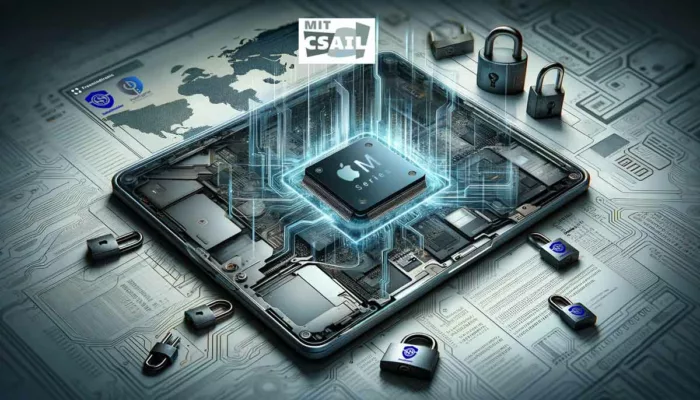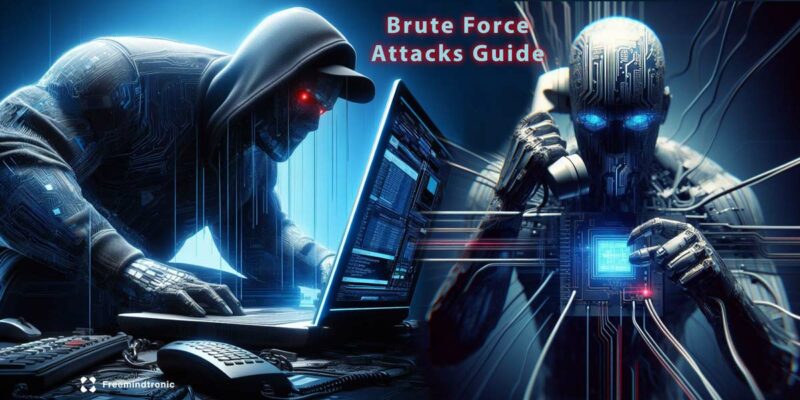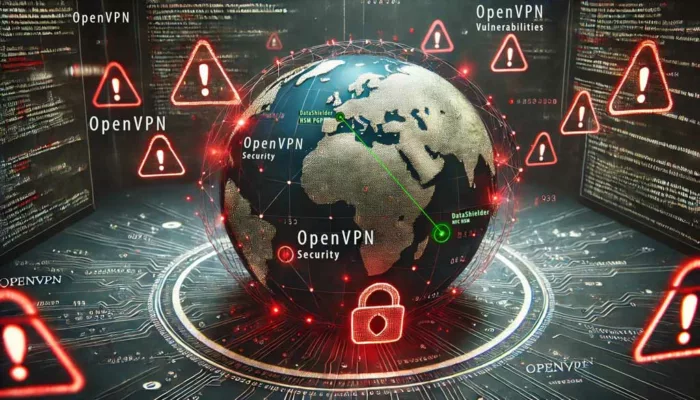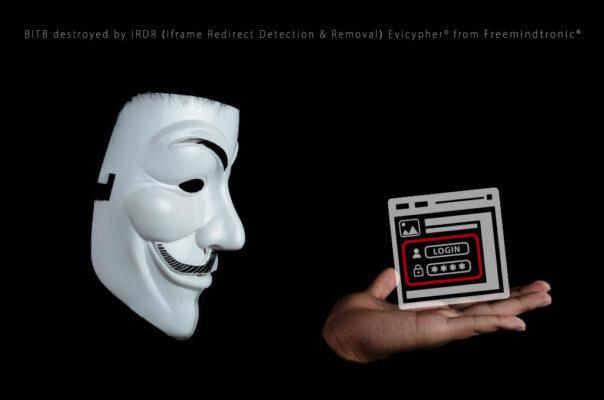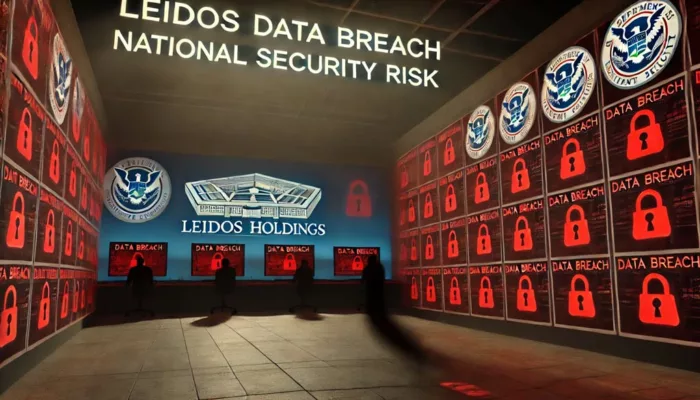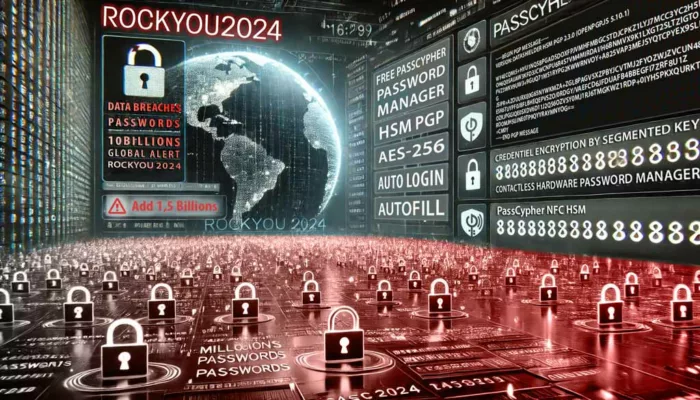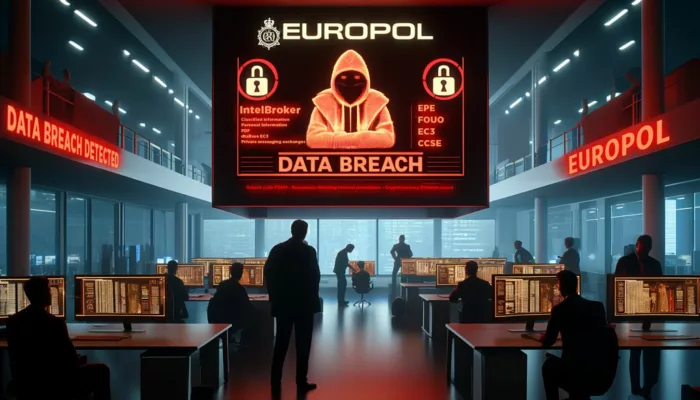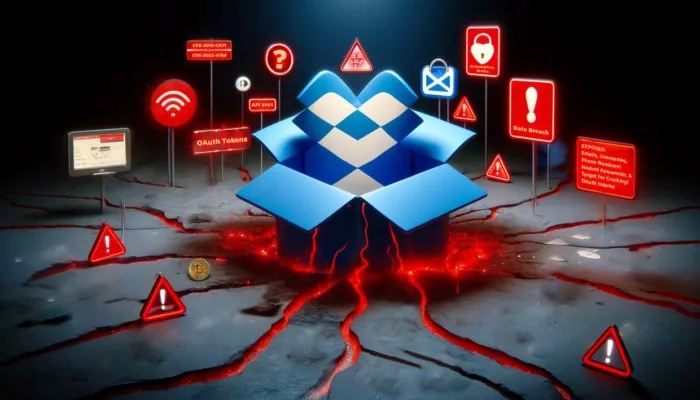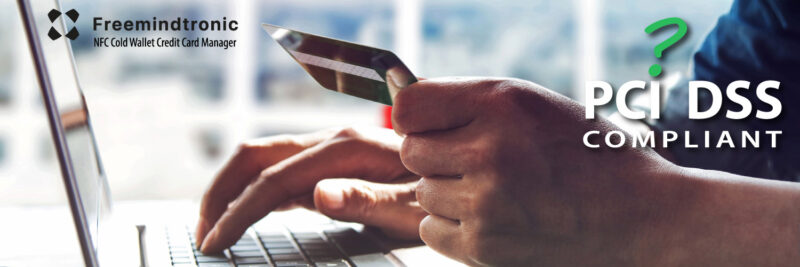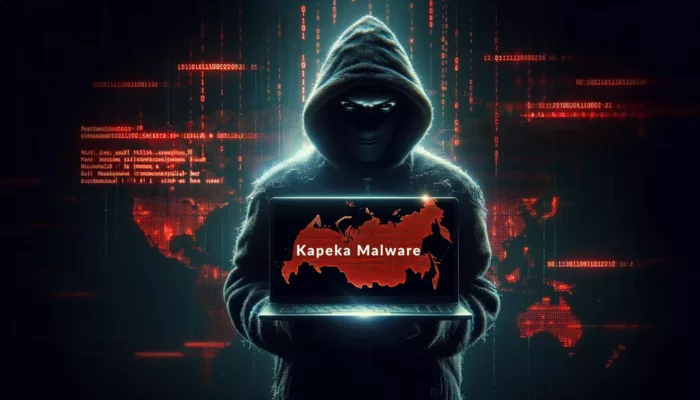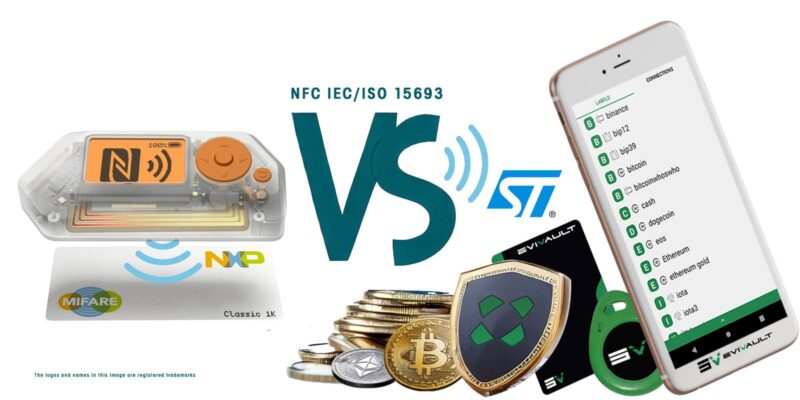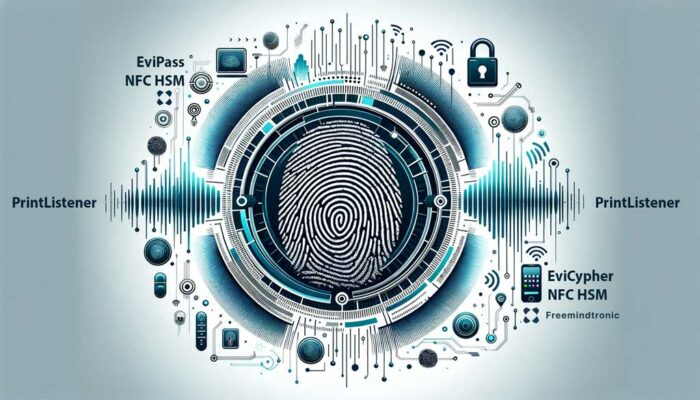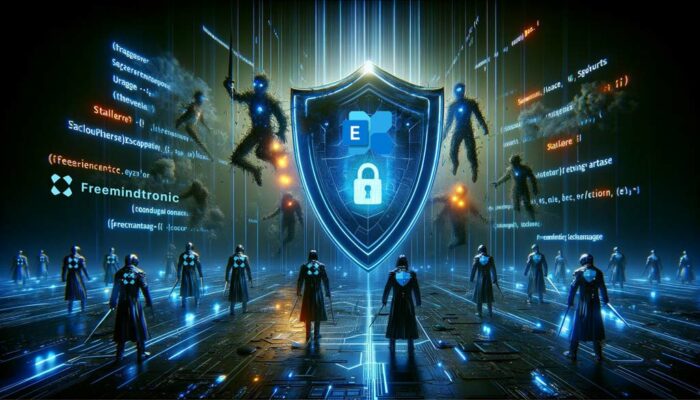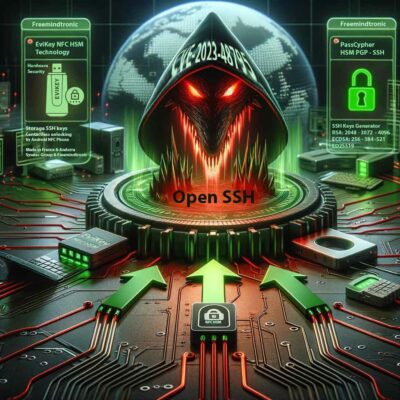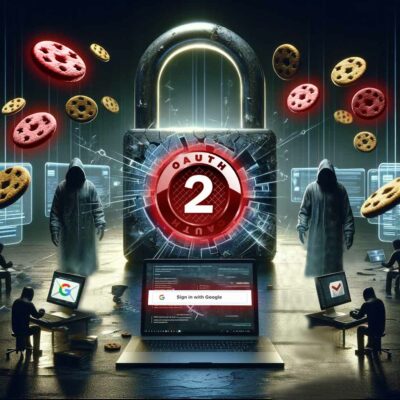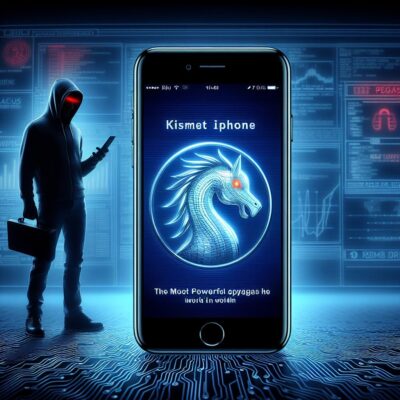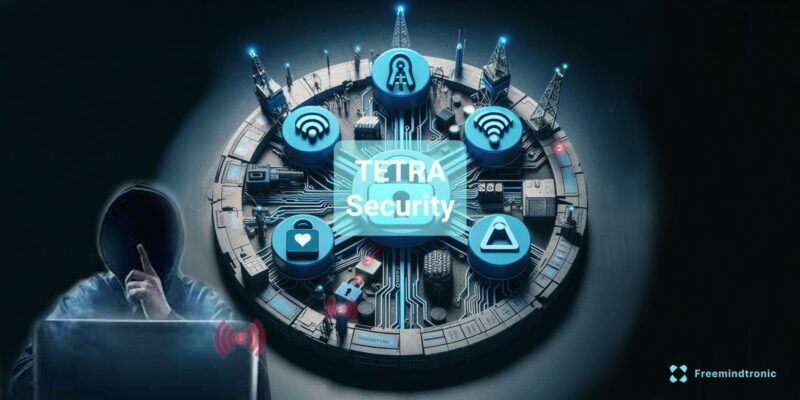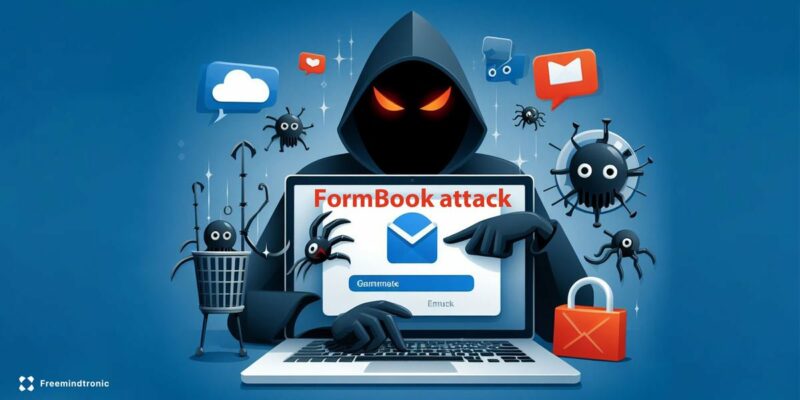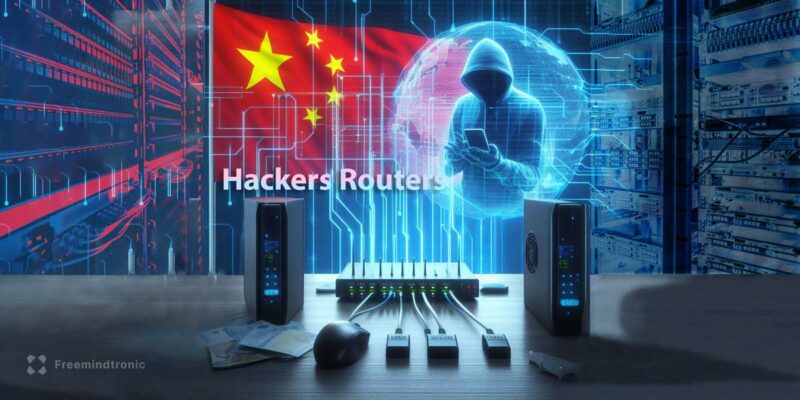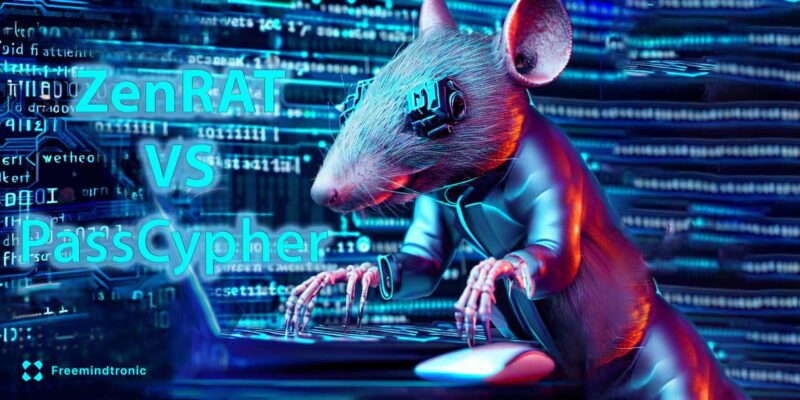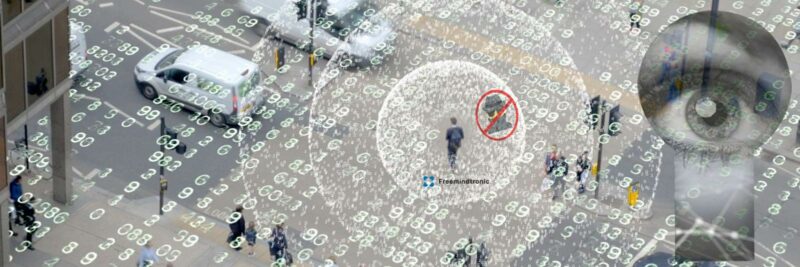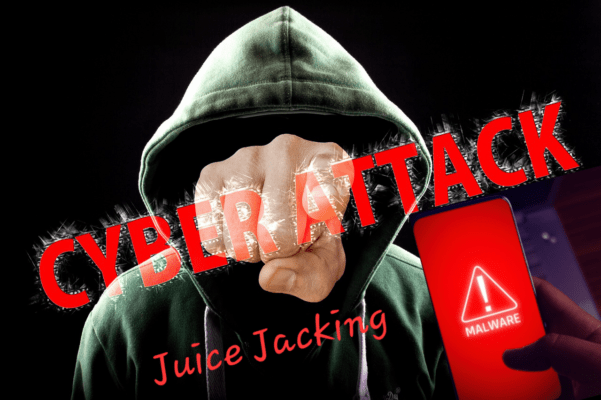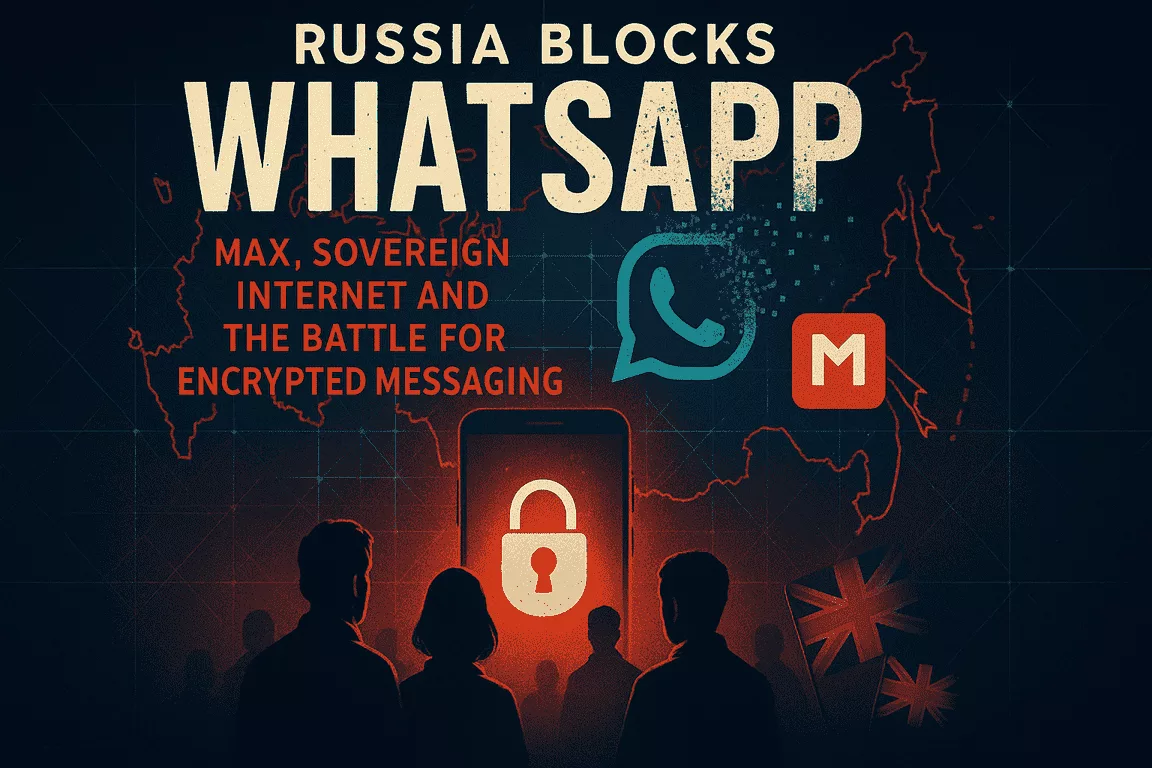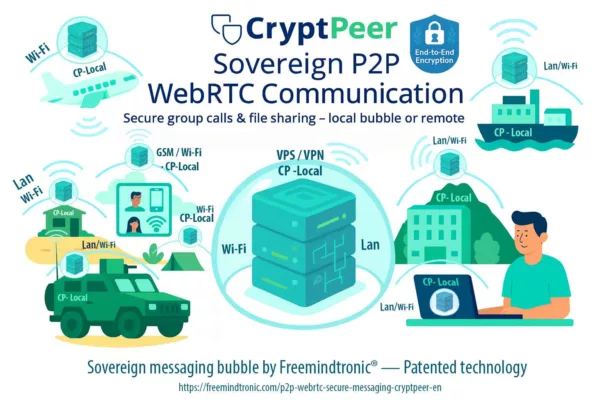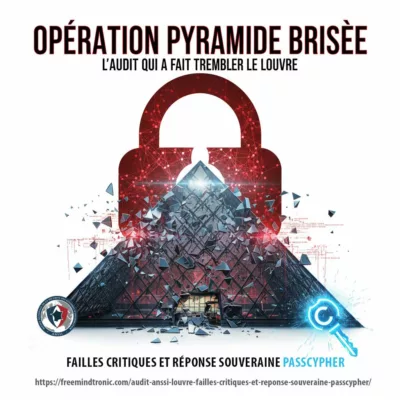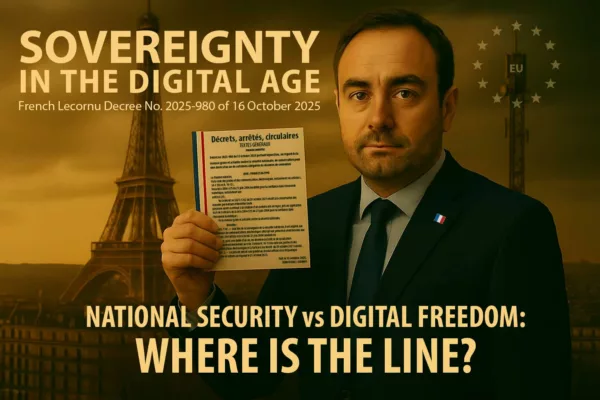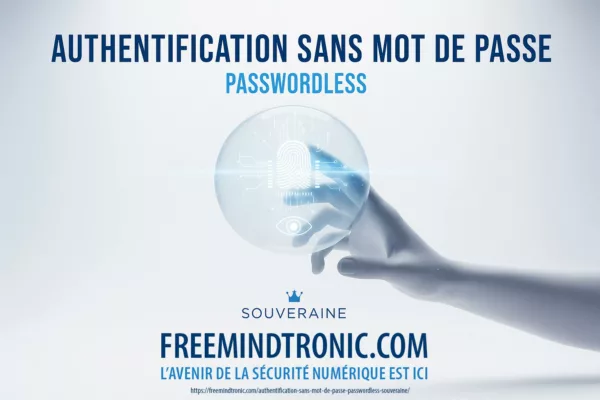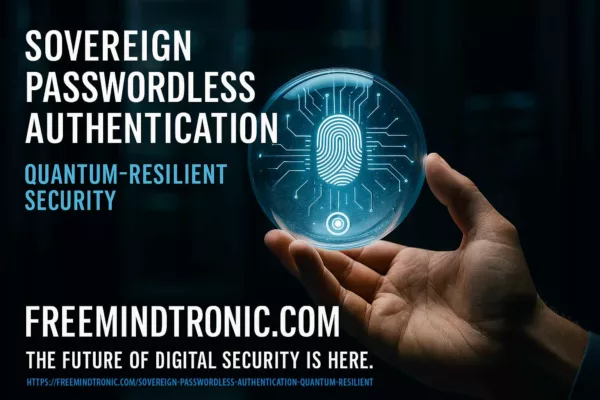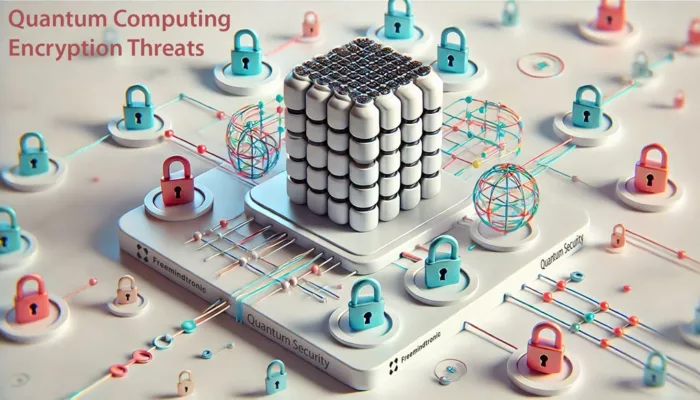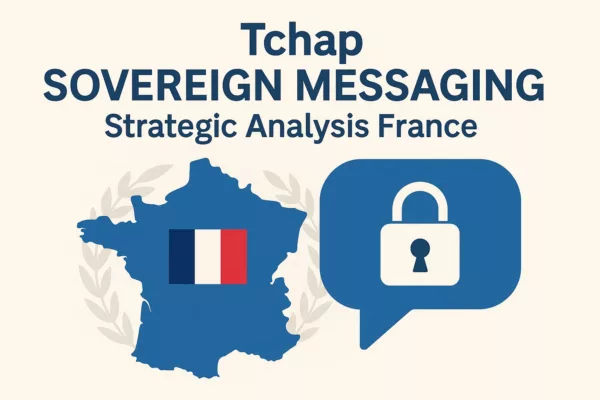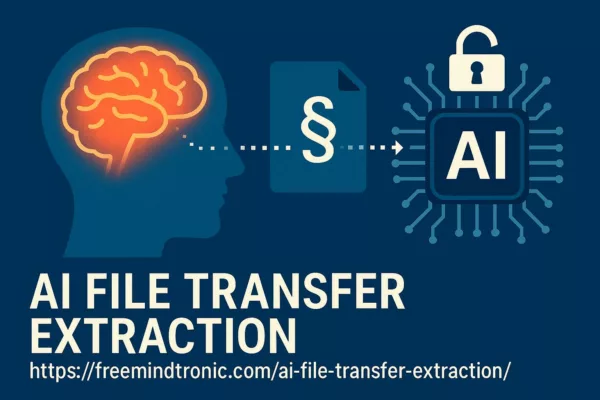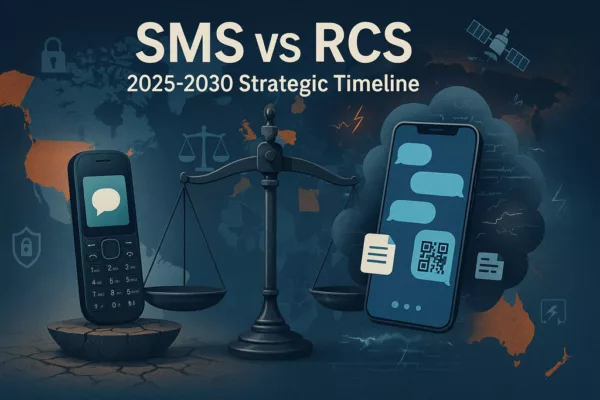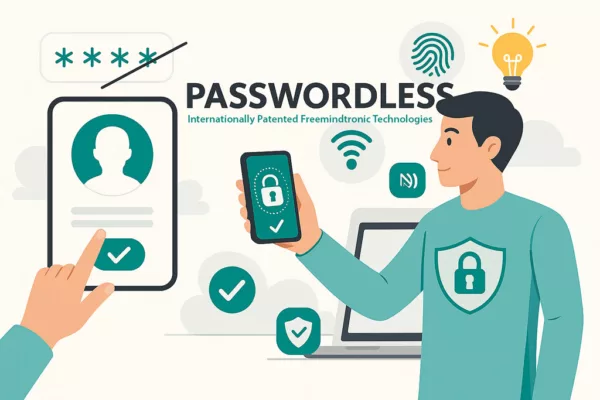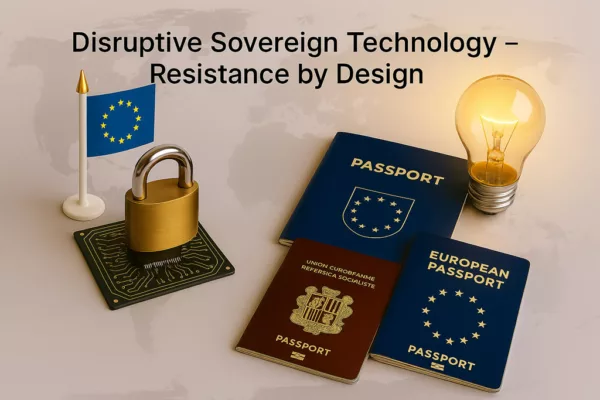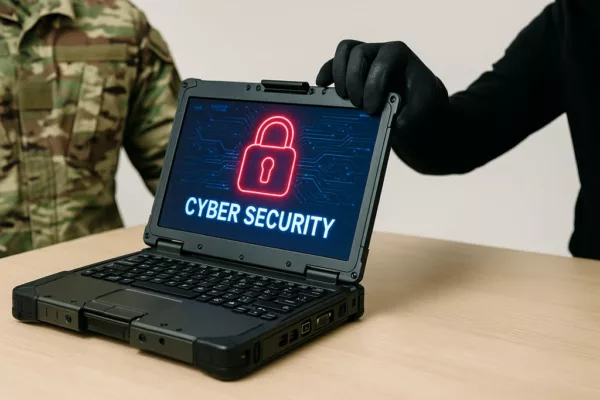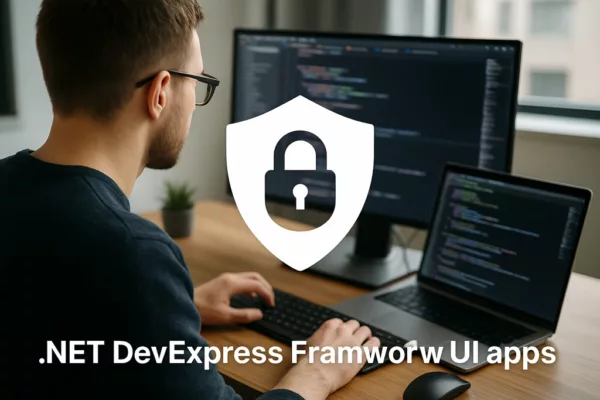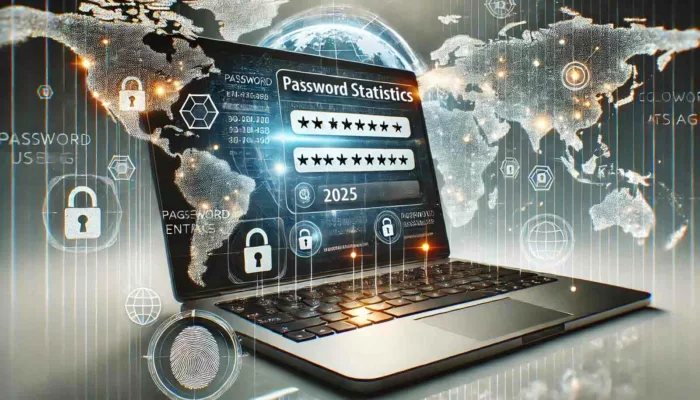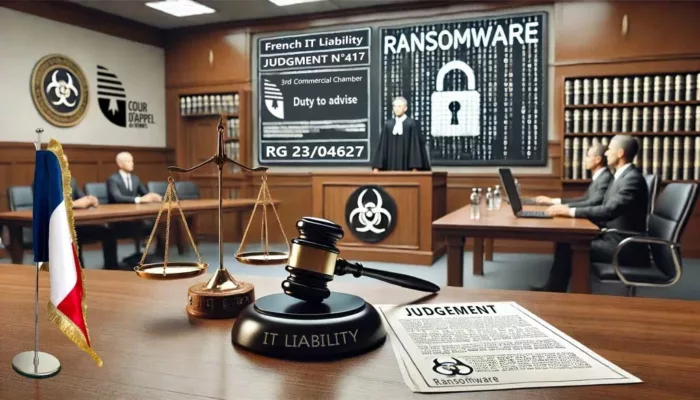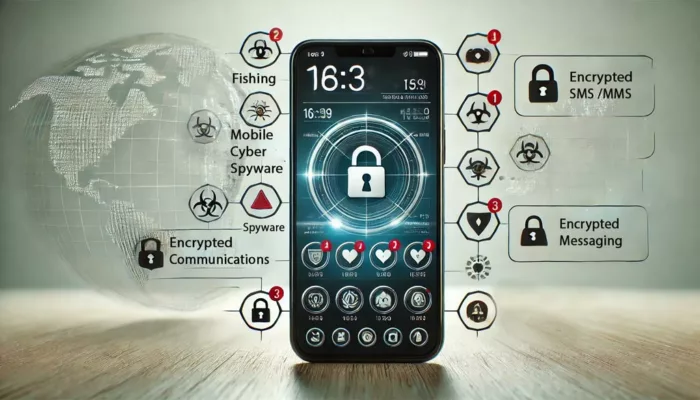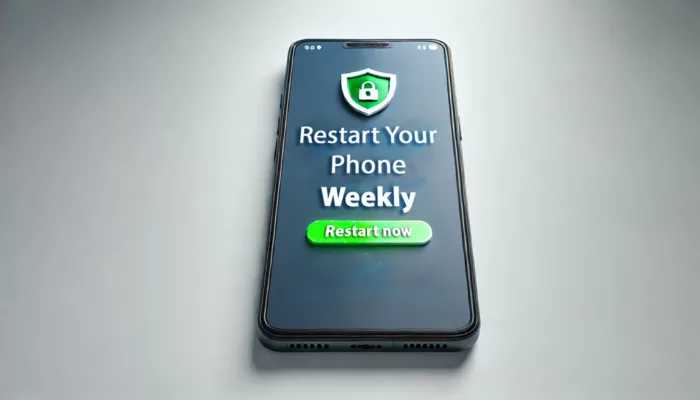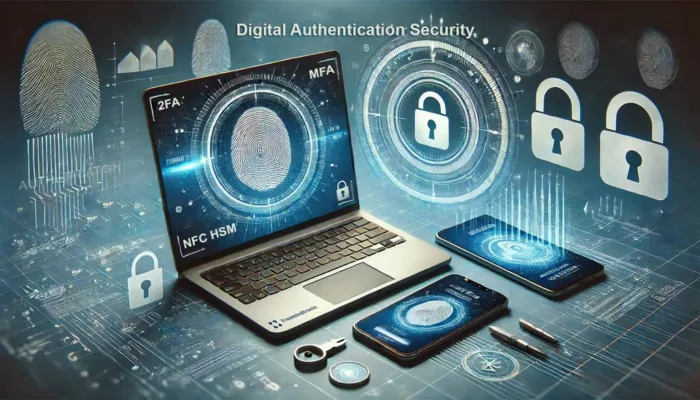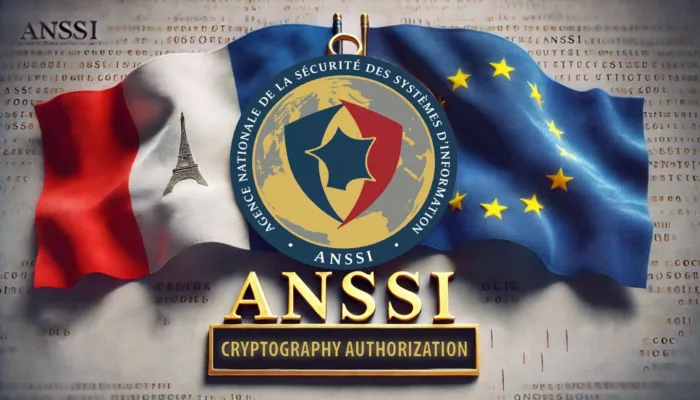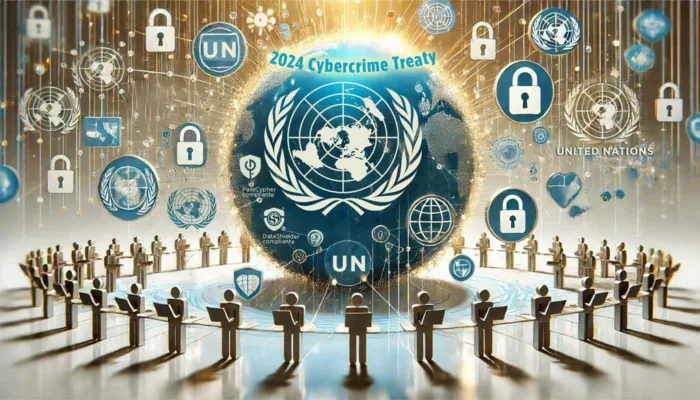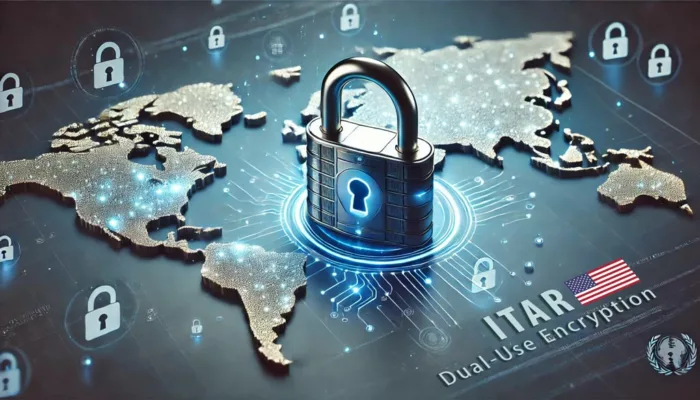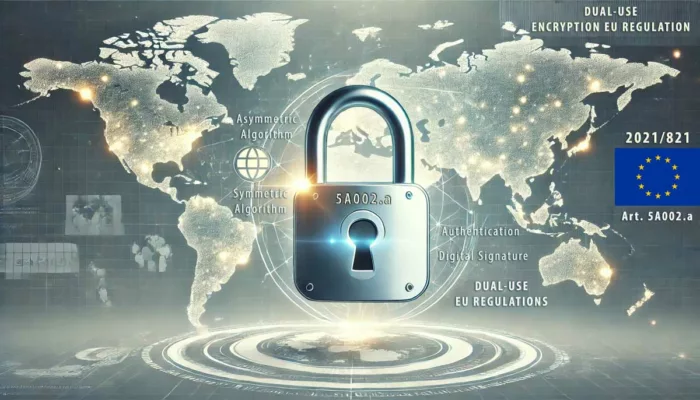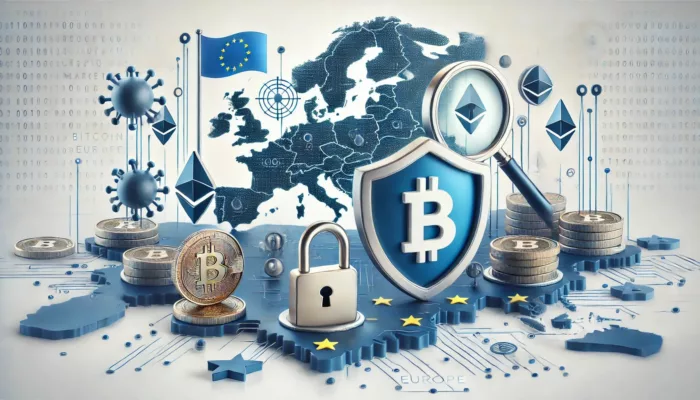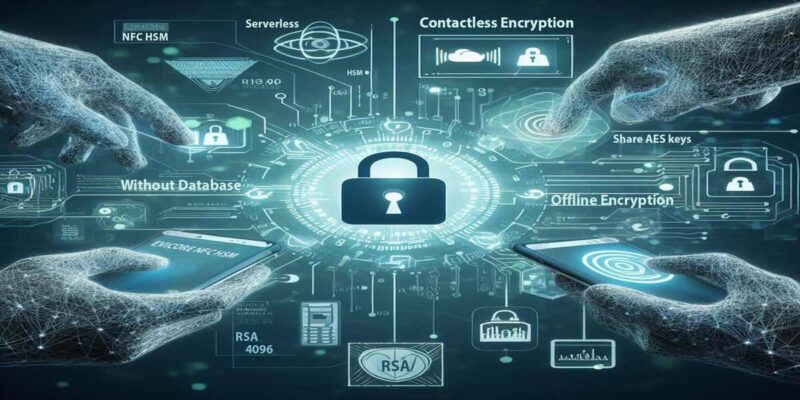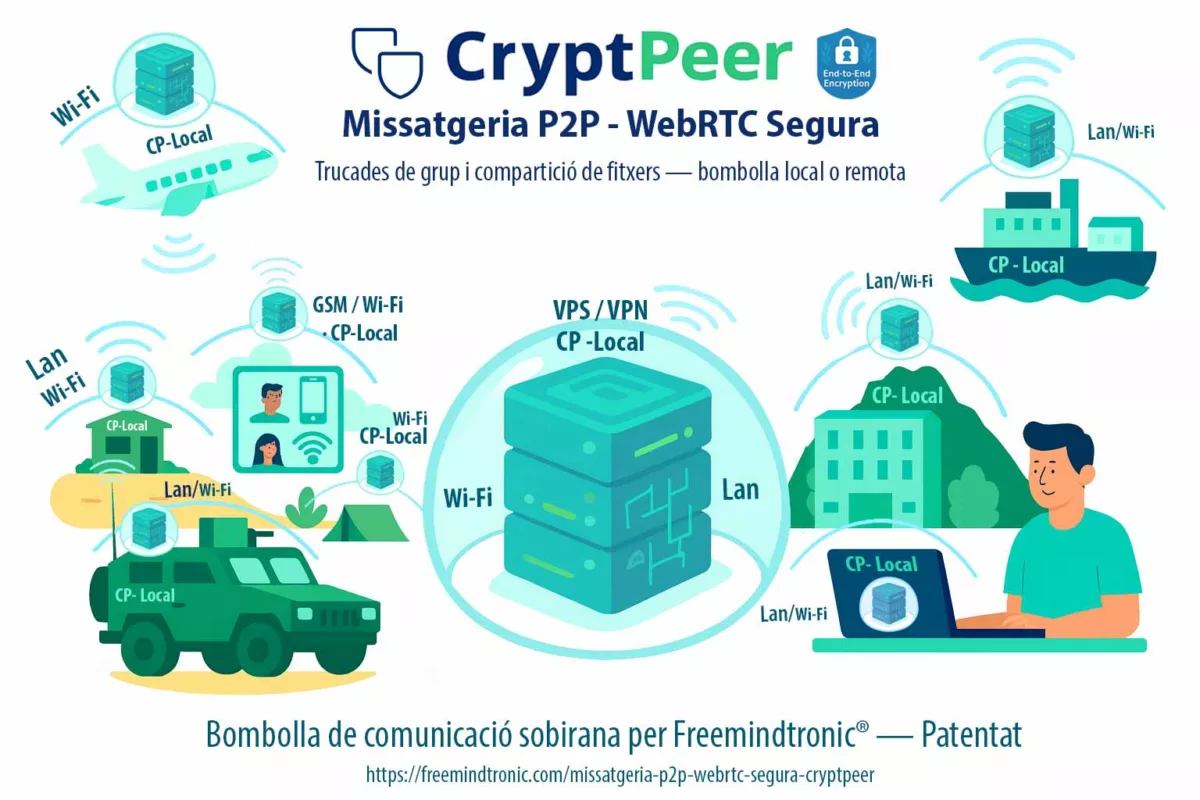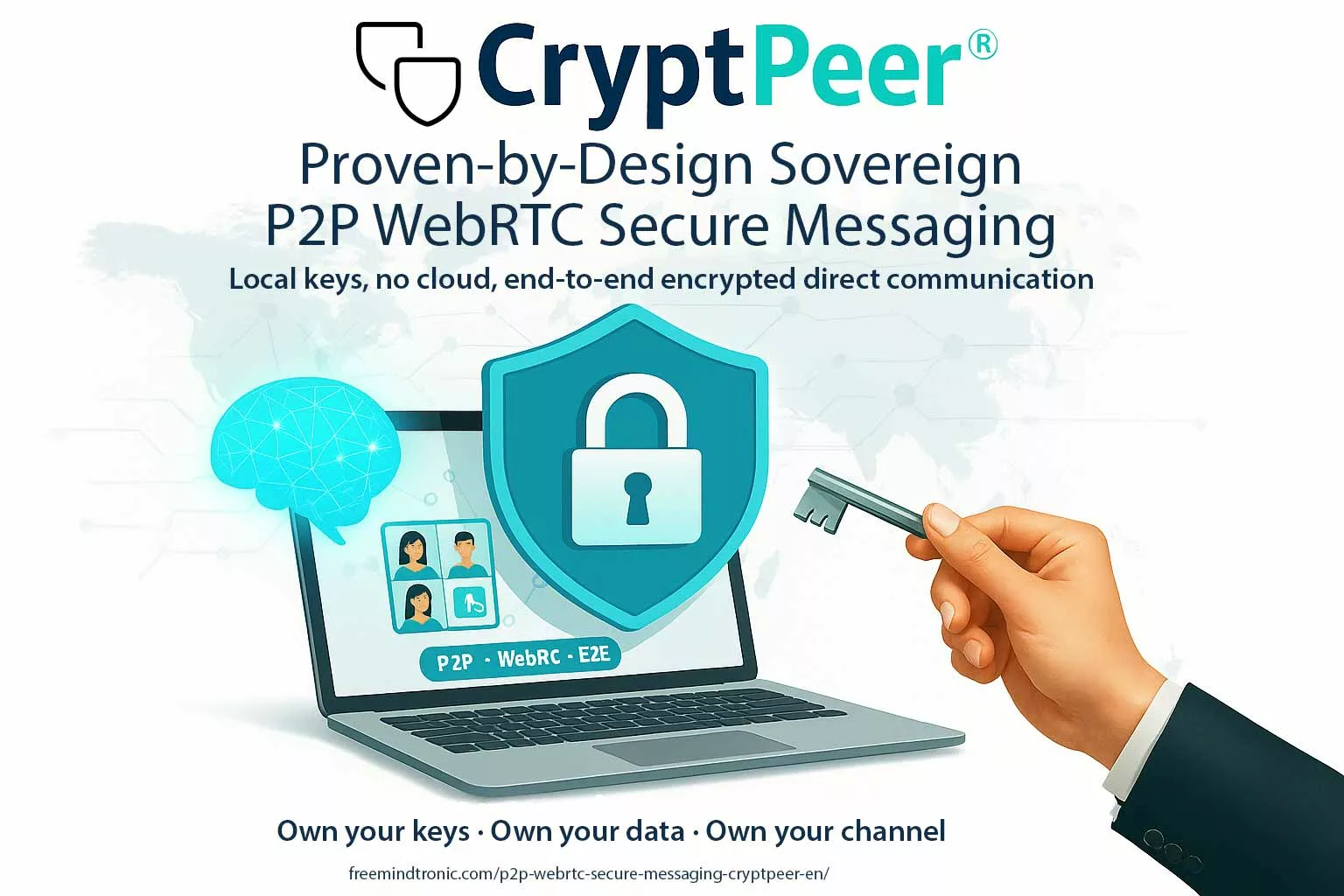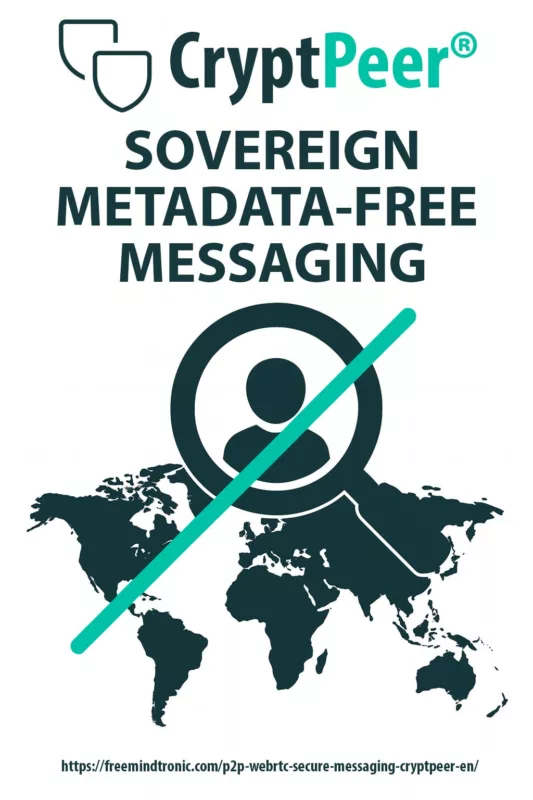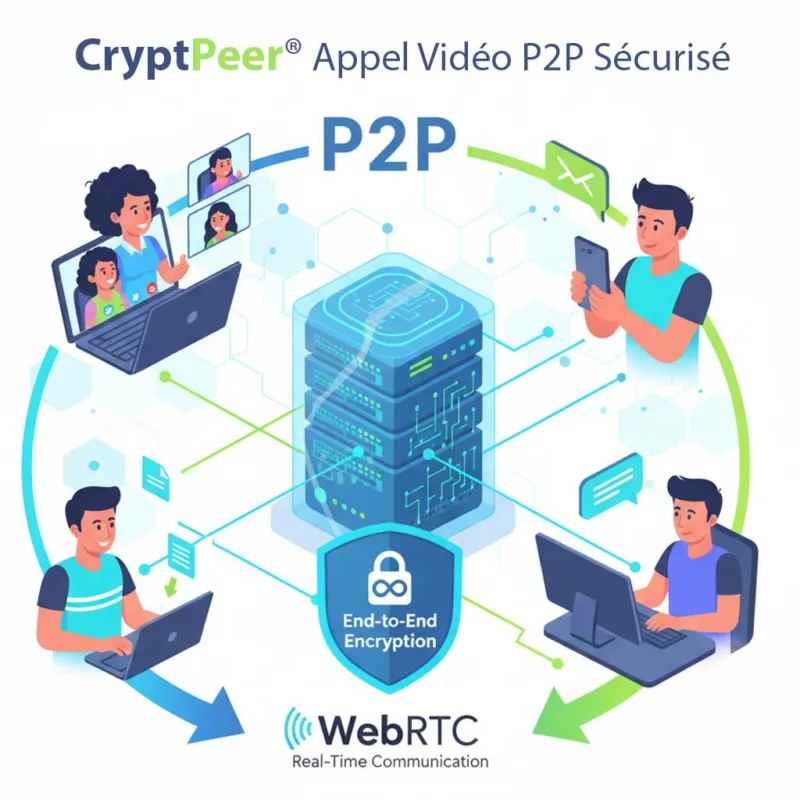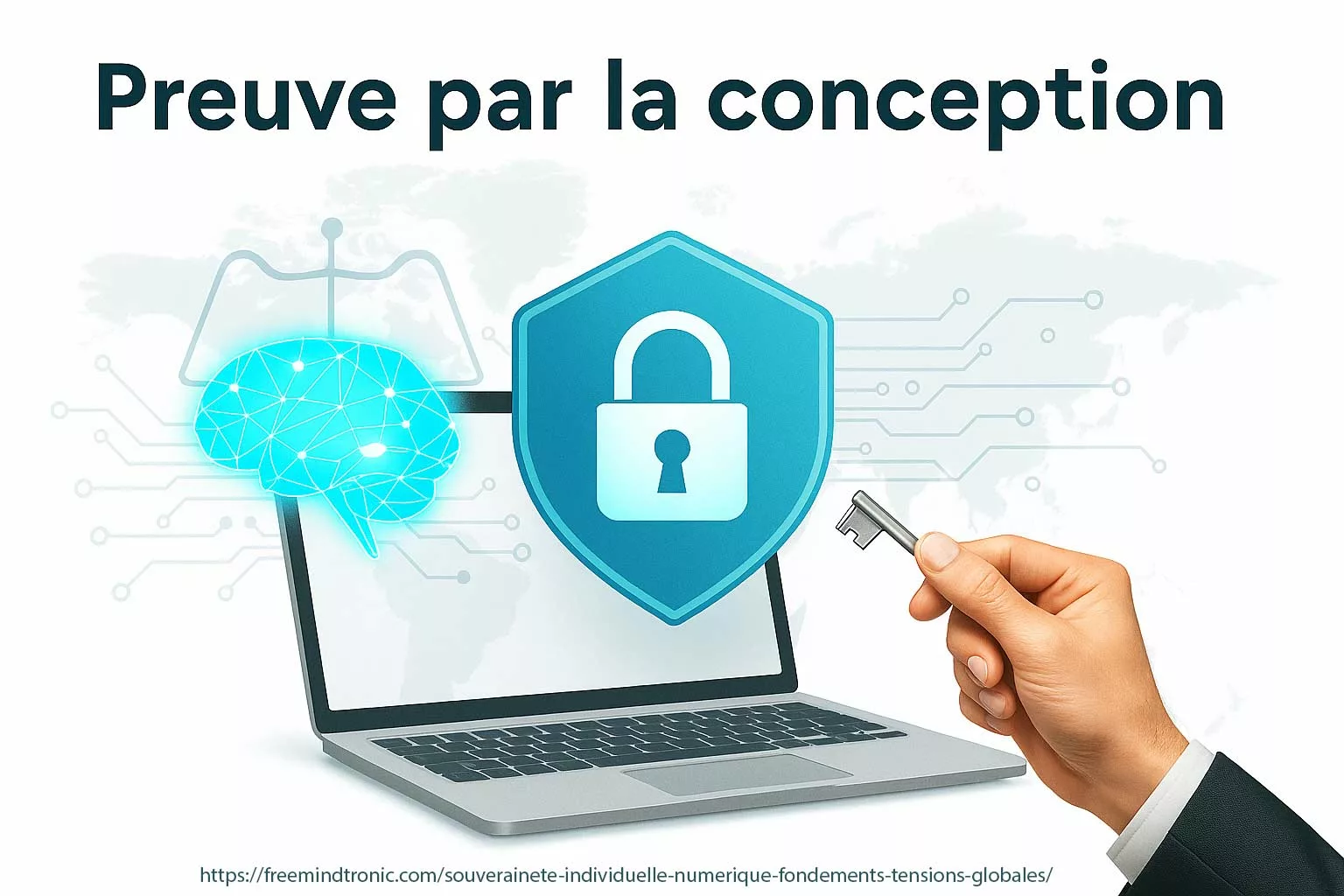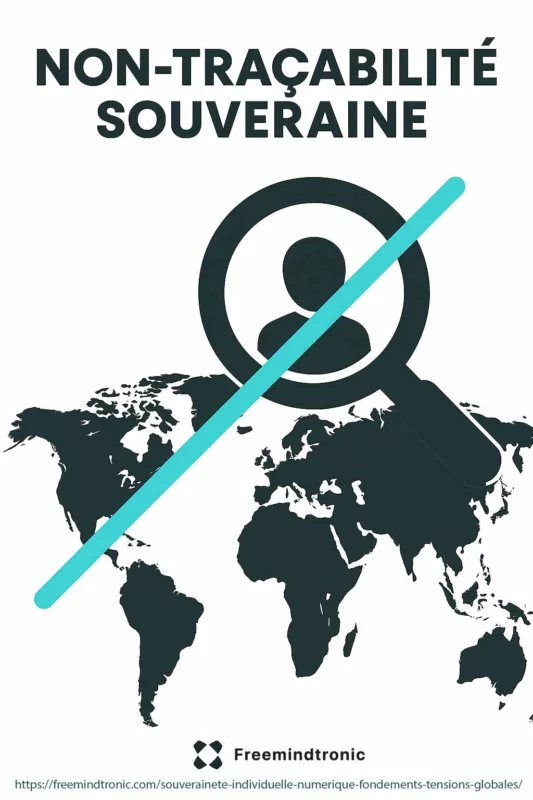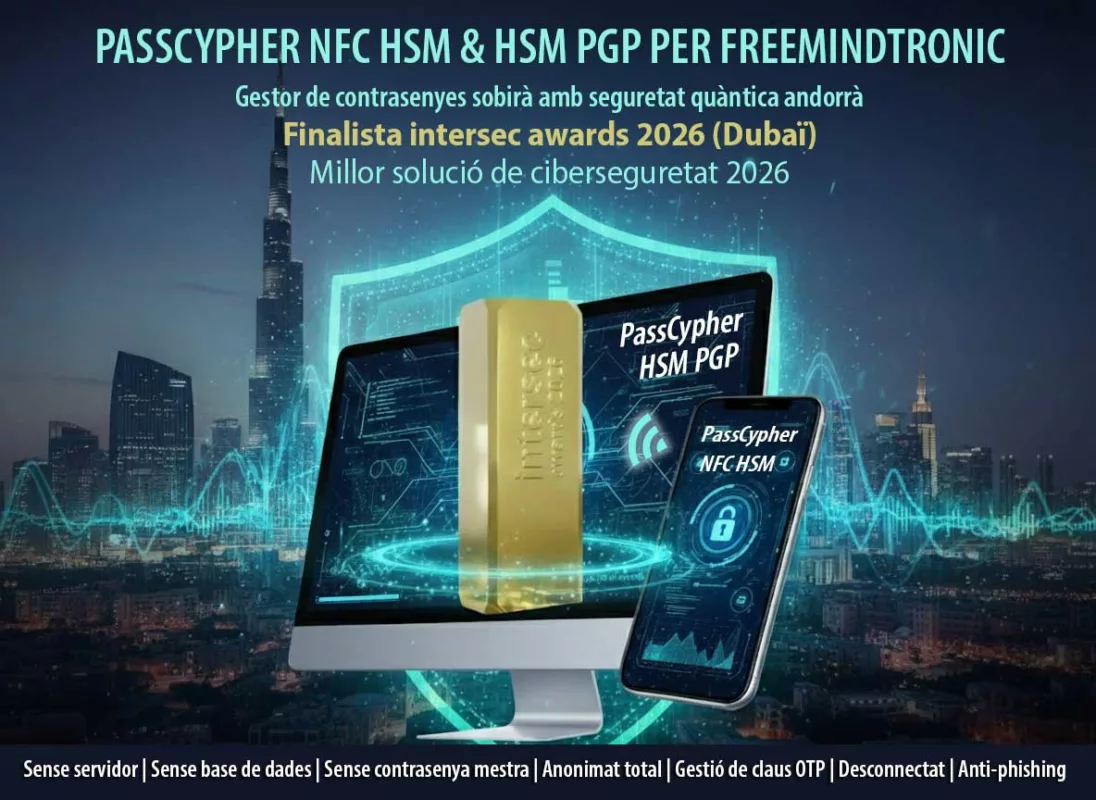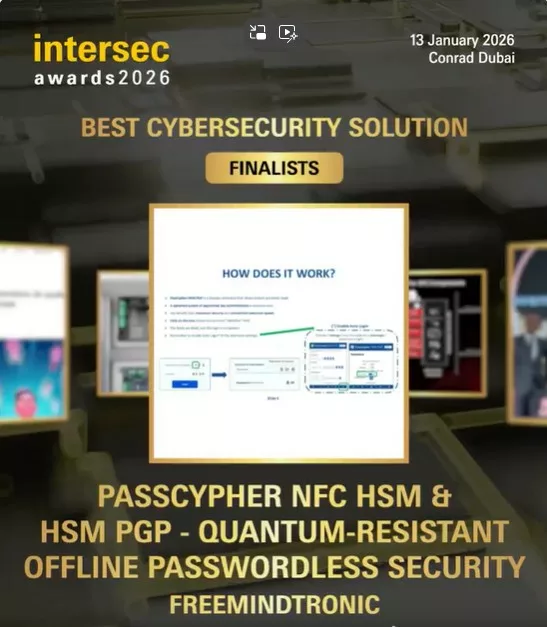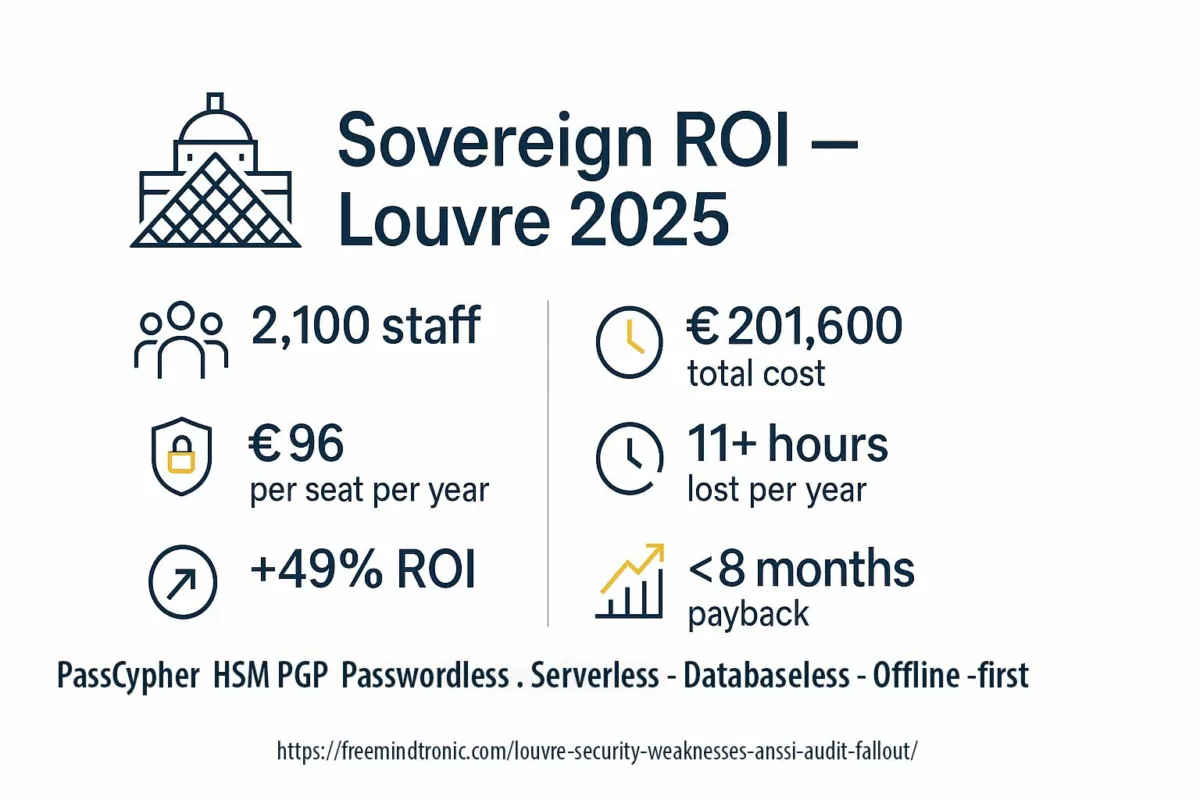Entrepreneur award – Trophée du Commerce 2009 Freemindtronic – FullProtect & Mister Ink, presented by the Toulouse Chamber of Commerce and Industry (CCI) for an electronic research and development activity in Boulogne-sur-Gesse. Behind this original ink cartridge refill project lies a breakthrough innovation in intelligent electrical protection: FullProtect, a circuit breaker–regulator capable of diagnosing a category 5 lightning strike and recording every anomaly in a tamper-proof black box, distinguished with a silver medal at the 2010 Geneva International Exhibition of Inventions and protected by patent FR2941572 (see Patentscope and Freemindtronic — FullProtect Geneva 2010).
Express summary
Quick read (≈ 2 min): In 2009, at the heart of the Toulouse CCI, the Trophée du Commerce 2009 Freemindtronic was awarded to Jacques Gascuel for the Freemindtronic project. The initiative goes far beyond a simple local computer shop. In the background, an electronic R&D activity designs, in a virtuous framework, a machine to refill original ink cartridges in order to reduce waste and extend the life of printer cartridges, without using compatible cartridges. In this R&D context, another breakthrough appears: an advanced electronic system for intelligent electrical protection, capable of monitoring, analysing and logging anomalies on DC and AC power networks, up to diagnosing a category 5 lightning strike (INERIS – NF EN 62305 standards).
The Entrepreneur award – Trophée du Commerce 2009 Freemindtronic, organised by the Toulouse CCI, marks a key milestone: it brings to light an innovation which, the following year, will win a silver medal at the Geneva International Exhibition of Inventions and, in 2011, be consolidated by the granting of patent FR2941572. This local distinction stands in continuity with consular competitions for local commerce, while revealing here a safety technology for electrical infrastructures with international reach.
This story shows how a local consular trophy can become the starting point of an international trajectory in electrical safety engineering and protection of critical infrastructures.
Key points
- A Trophée du Commerce 2009 awarded by the Toulouse CCI to an original ink cartridge refill project.
- Behind the commercial activity: an embedded FullProtect system for intelligent electrical protection with a tamper-proof black box.
- A very clear continuity: → Local trophy 2009 → Patent application FR2941572 (2009) → Geneva 2010 worldwide silver medal
Reading parameters
Express summary reading time: ≈ 2 minutes
Enriched summary reading time: ≈ 3 minutes
Full chronicle reading time: ≈ 22 minutes
Publication date: 2009-10-28
Last update: 2025-11-28
Complexity level: Intermediate — Electronic innovation & consular history
Technical density: ≈ 55 %
Main language: FR . CAT . EN
Specificity: Historical chronicle — Trophée du Commerce 2009 & FullProtect invention
Suggested reading order: Summary → 2009 trophy & innovation → Geneva & patent → CCI context → Current impact
Accessibility: Optimised for screen readers — anchors & structured tags
Editorial type: Strategic chronicle — Consular distinction & innovation
Stake level: 7.6 / 10 — technological & territorial impact
About the author: Jacques Gascuel, inventor, winner of the Trophée du Commerce 2009 and silver medallist at the 2010 Geneva International Exhibition of Inventions, founder of Freemindtronic technologies.
The posts displayed above ↑ belong to the same editorial section Awards — Electronic security & infrastructures. They extend the analysis of links between consular trophies, invention patents, electrical protection and sovereign cybersecurity within the Freemindtronic ecosystem.
⮞ Preamble — A consular trophy, an international trajectory
Freemindtronic extends its sincere thanks to the Toulouse Chamber of Commerce and Industry, to the jury members and to the partner institutions for the quality and rigour of the 2009 Trophées du Commerce. This distinction, awarded in a local consular framework, acted as a catalyst for an intelligent electrical protection innovation that was subsequently recognised worldwide. It illustrates the capacity of CCI competitions to detect, at a very early stage, projects whose impact extends beyond the territory where they were born.
Enriched summary
Consular filiation and 2001–2011 trajectory
This Enriched summary builds on the Express summary. It places the Freemindtronic episode within a broader consular history structured by the French Chambers of Commerce and Industry (CCI).
For several decades, the CCI network has run a major national competition, the Challenge national du commerce et des services. Through the Mercure d’Or and Panonceaux d’Or awards, it has highlighted independent retailers and business associations at national level. At the turn of the 2000s, this culture of distinction no longer remained confined to Paris or the national scale. It cascaded down into the territories in the form of local Trophées du Commerce run by territorial CCIs.
From 2001 onwards, the Toulouse CCI set up its own Trophées du Commerce to showcase local retail, service innovation and the revitalisation of town centres in Haute-Garonne. When the 2009 edition rewarded Freemindtronic, it was not only recognising an original-ink cartridge refilling machine. It was also revealing an advanced electronic architecture for power safety, capable of moving beyond the scale of a shop counter and addressing that of critical infrastructures.
Between 2001 and 2011, a clear trajectory emerges: a consular competition framework at national level, then its territorial implementation in Toulouse. This framework proves capable of supporting a local innovation all the way to the international stage (Geneva) and to its legal consolidation (patent FR2941572). The 2009 Trophée du Commerce Freemindtronic thus appears as one of the visible links in a longer chain of recognition, built on more than half a century of consular engineering.
⮞ Key insights — What to remember
- The 2009 Trophée du Commerce is part of a wider consular filiation going back to the Challenge national du commerce et des services and its Mercure d’Or / Panonceaux d’Or awards.
- In the early 2000s, territorial CCIs such as the CCI Toulouse created their own Trophées to localise this culture of distinction.
- The 2009 Haute-Garonne edition identified, behind a proximity service, a power safety innovation with international potential.
- The period 2001–2011 shows how a local consular scheme can become a trajectory lever for an invention, from a shopfront story to international innovation platforms.
Contents
- Full chronicle on the French Trophées du Commerce
- 2009 trophy & Freemindtronic innovation
- Geneva 2010 — Worldwide silver medal
- Patent FR2941572 — Black box & electrical protection
- Jury & partners — Toulouse & Haute-Garonne CCI
- Impact today — Legacy of the Trophées du Commerce
- Consular context — From national Challenge to Trophées du Commerce
- Weak signals — Early signs identified
- Sovereign use case Freemindtronic
- FAQ — Trophée du Commerce 2009 & FullProtect
- What we did not cover
- Strategic perspective — Towards new protection standards
Full chronicle on the French Trophées du Commerce
The chronicle of the Trophée du Commerce 2009 Freemindtronic begins in a consular hall in Toulouse and continues on international platforms dedicated to electrical protection. It links a small rural municipality, Boulogne-sur-Gesse, to the prestigious stage of the Geneva International Exhibition of Inventions and to the databases of the World Intellectual Property Organization.
Timeline 2009–2011 — From trophy to patent
- 2009: Trophée du Commerce 2009 Freemindtronic — consular recognition at local level.
- 2010: silver medal at the Geneva International Exhibition of Inventions for the FullProtect technology.
- 2011: patent FR2941572 granted for the electrical protection system with tamper-proof black box.
Freemindtronic innovation — Heart of the 2009 Trophée du Commerce
The Freemindtronic project, winner of the Trophée du Commerce 2009, is officially presented as an original ink cartridge refill solution. The goal is clear: reduce waste, extend printer lifetime and offer a credible alternative to systematic replacement logic.
From M@X Informatique to the birth of Freemindtronic
In 2005, Jacques Gascuel founded the M@X Informatique shop network, built around a then unusual service: instant computer repair at the counter in front of the customer. This direct and transparent approach created a bond of trust with local customers. Soon another first in France followed: ink cartridge refilling under the Mister Ink brand, first in Boulogne-sur-Gesse, then in Saint-Gaudens, Tarbes, Samatan and Toulouse. This stage shows how proximity services can become a fertile ground for innovation.
Animal traceability — A first technological milestone
Before FullProtect, the inventor explored another path and laid a first technological milestone with an animal traceability system, subject of a patent application in 2007 (FR2898011). Based on the ZigBee protocol, an emerging technology since 2003, this system covered NAC (new pets), companion animals and cattle and sheep herds from labelled farms. Using temperature sensors, it enabled veterinary pre-diagnosis, including calving detection, and ensured full traceability up to the meat consumer. In the form of a true electronic passport, this project, carried out with a veterinary doctor teaching in Samatan, already reveals the inventor’s intent: designing embedded systems capable of collecting, tracing and securing real-world events.
Birth of Freemindtronic and emergence of FullProtect
In 2008, Jacques Gascuel created the Freemindtronic brand, dedicated to the research and development of embedded electronic systems. Within this R&D framework, a rupture emerges: an intelligent electrical protection architecture capable of monitoring, diagnosing and logging anomalies. The FullProtect technology is first discreetly integrated into the IT maintenance and cartridge recycling activities run by M@X Informatique and Mister Ink, preparing the ground for international recognition.
The Mister Ink innovation — A machine to recycle ink cartridges
At the heart of Mister Ink, a key component illustrates this spirit: an automatic vacuum refill machine, designed through Franco-Chinese co-design. It processes original cartridges by precisely controlling refill parameters to guarantee their reliability, without resorting to compatible cartridges, which generate large amounts of additional waste. The objective is clear: recycle what already exists instead of producing more disposable material.
FullProtect — The electronic core hidden behind the shop window
Behind this commercial shop window, however, lies a much more ambitious electronic core:
- an embedded intelligent electrical protection system, able to finely monitor voltage and current variations and overall power quality;
- a tamper-proof black box that records each electrical anomaly (surges, micro-outages, random disturbances, charging faults);
- the ability to detect, analyse and diagnose a category 5 lightning strike.
This electronic core, which becomes FullProtect, soon goes beyond the sole use in the refill machine: it lays the foundations of an electrical safety architecture applicable to many environments (industry, critical infrastructures, telecommunications, IT, etc.). Its reliability was validated in demanding environments, with tests carried out at Airbus in Toulouse, confirming the relevance of this innovation in sectors where electrical safety is vital.
Geneva 2010 — Worldwide silver medal
In 2010, this innovation born from the Trophée du Commerce 2009 Freemindtronic reached a new stage. Presented at the Geneva International Exhibition of Inventions in the category computer science, electronics, software, communications media, electricity, multimedia, the FullProtect technology received the world silver medal of invention.
This distinction confirms two major points:
- the technical robustness of the solution (ability to finely monitor and protect complex electrical systems);
- the international relevance of an invention that originated in a local consular trophy.
The official page Freemindtronic — FullProtect Geneva 2010 retraces this step, which firmly anchors the story of the 2009 Trophée du Commerce in a trajectory of global innovation.
Patent FR2941572 — Black box & intelligent electrical protection
To secure the invention legally, a patent was filed in 2009. Published in 2010 and granted in 2011, patent FR2941572 describes a system of intelligent electrical protection with tamper-proof event logging.
This patent notably covers:
- detection and analysis of electrical faults (variations, overloads, supply faults, random disturbances),
- safeguarding of connected equipment (cut-off, limitation, isolation),
- a timestamped, secured log of critical events, in a black box logic.
Accessible via Patentscope (WIPO), this patent provides a solid basis for the industrial deployment of the technology and seals the transition from a Trophée du Commerce project to an internationally protected invention.
Jury & partners — Toulouse & Haute-Garonne CCI
The 2009 ceremony took place at the Toulouse CCI, in the presence of a jury chaired by Michel Roux, including notably Claude Tranzoni, alongside representatives of departmental services and consular structures.
On the certificate awarded to the winner, the logos tell a story of cooperation:
- CCI Toulouse
- Haute-Garonne General Council
- Toulouse City Council
- Chamber of Trades and Crafts
- Chamber of Commerce and Industry of Toulouse
- and several local economic partners
This setup illustrates the structuring role of consular institutions in supporting retail and fostering innovative projects.
Impact today — Legacy of the 2009 Trophée du Commerce Freemindtronic
Today, the Trophées du Commerce continue this mission in a renewed national format, coordinated by the French CCI network. They remain focused on:
- local retail and revitalising town and city centres;
- innovation in services, customer relations and point-of-sale transformation;
- showcasing exemplary initiatives likely to inspire other territories.
The 2009 Trophée du Commerce awarded to Freemindtronic remains a textbook case: an example of how a consular competition can identify a deep-tech innovation whose scope extends far beyond the shop window and departmental borders.
For many company founders, this type of consular distinction effectively plays the role of an entrepreneur award for local retailers, embodied here by the 2009 Trophée du Commerce of the Toulouse CCI.
Consular context — From national Challenge to Trophées du Commerce
Behind acronyms such as CCI, Mercure d’Or or Panonceau d’Or, there are above all stories of men, women and grassroots shops, sometimes located in small rural towns, that manage to gain national recognition.
Before and after 2009, the Freemindtronic trophy is part of a broader consular history. The Trophées du Commerce actually extend a major national competition that has shaped the recognition of retailers for more than half a century.
Origins — Challenge national du commerce et des services
For decades, CCI France and the CCI network organised the Challenge national du commerce et des services, in partnership with the FFAC and the MMA Entrepreneurs Foundation.
- Flagship awards: Mercure d’Or (retailers) and Panonceaux d’Or (retail associations).
- Objectives: highlight independent shops, traders’ associations and revitalisation of town centres.
Mercure d’Or awards can still be found as recently as 2023 — this historical foundation now underpins the future Trophées du Commerce.
2001–2010 — Local Trophées du Commerce
At the turn of the 2000s, territorial CCIs created their own local Trophées du Commerce (or “Trade and Craft Trophies”):
- Driven by territorial CCIs (for example, the Toulouse CCI for Haute-Garonne),
- in partnership with local authorities (city, department, region),
- focused on local retail, city centres, shop windows and commercial innovation.
Local sources (such as Entreprise Toulouse – 2009 or La Dépêche du Midi – 10th edition) confirm that these trophies existed long before the national rebranding that occurred in 2024–2025. The Trophée du Commerce 2009 Freemindtronic is part of this generation of local competitions organised by the Toulouse / Haute-Garonne CCI.
2024–2026 — National rebranding “Les Trophées du Commerce”
From 2024–2025 onwards, CCI France initiated a national rebranding:
- the Trophées du Commerce officially replace the Challenge national du commerce et des services;
- the competition is structured at three levels: departmental, regional, national;
- “Trophées du Commerce 2025–2026” campaigns are rolled out across many territories.
The Trophées retain their DNA: local retail, city centres, innovation, sustainable development and ecological transition. The 2025–2026 cycle strengthens their national visibility, with recurring partners and ceremonies across France.
In this perspective, the 2009 Haute-Garonne Trophée du Commerce is not an isolated episode. It becomes an identifiable link in a continuous chain stretching from the national Challenge of the 1970s to the 2025–2026 national Trophées du Commerce, and an emblematic example of how a local prize can reveal an innovation of international level — and act, in practice, as a genuine entrepreneur award for a deep-tech retailer.
The key points to remember are:
- The Trophées du Commerce act as a long-term mechanism to highlight local retail, built on a consular architecture more than 50 years old.
- The 2009 trophy served as a springboard for a power safety invention distinguished in Geneva and protected by an international patent.
- Consular competitions can be genuine innovation accelerators for critical technologies (energy, infrastructures, security).
Strong signals identified
These elements are no longer mere emerging hints: they express strong dynamics already at work.
- Pattern: “Retail” competitions reveal innovations suited to “critical infrastructure” level.
- Driver: Growing need for traceability of electrical anomalies (black boxes, incident diagnostics).
- Trend: Convergence between electrical safety, cybersecurity and data protection within a sovereign paradigm.
Sovereign use case Freemindtronic — FullProtect embedded in Evikey & Evidisk NFC
⮞ Real technological continuity — FullProtect inside Evikey & Evidisk NFC
The FullProtect intelligent electrical protection system — circuit breaker–regulator with tamper-proof black box — is not integrated into the PassCypher or DataShielder families. It is physically embedded in sovereign storage devices such as secure USB keys and SSDs, designed by Freemindtronic.
Evikey NFC Secure USB Flash Drive Premium — A secure USB key, unlocked contactlessly via NFC, integrating a FullProtect circuit breaker–regulator with black box. It protects both:
- data (conditional access, automatic locking, logical erasure),
- and the electronics themselves (overvoltage, electrical anomalies, extreme events).
Evikey NFC Secure USB Drive Pro — The professional version of the contactless secure USB key, also equipped with the FullProtect core. It benefits from an embedded circuit breaker–regulator with logging of electrical events, providing a level of physical resilience rarely found in a removable storage medium.
EviDisk SSD NFC (off-catalogue) — A secure NFC SSD storage device, also equipped with the FullProtect system. It transposes the circuit breaker–regulator with black box concept into the SSD storage world, for use cases that require a combination of:
- data storage protection,
- protection against electrical, thermal and usage-related risks,
- black-box-style traceability of random and extreme events,
- self-diagnosis of the origin of failures (electrical, thermal or usage-related).
⮞ Triple role of Evikey NFC / EviDisk SSD NFC devices
The Evikey NFC and EviDisk SSD NFC devices embody a rare convergence between:
- Logical data protection: conditional access, sovereign locking and control by the legitimate holder via NFC.
- Physical & electrical protection: presence of a FullProtect circuit breaker–regulator that limits, cuts or adapts power supply in case of electrical, thermal or misuse-related anomalies.
- Embedded traceability: tamper-proof black box recording critical electrical and thermal events (overvoltage, undervoltage, overcurrent, abnormal regulation, misuse and cyber safety against brute-force attacks).
This combination makes Evikey / EviDisk NFC not just storage devices, but genuine sovereign trust modules, capable of protecting:
- information (stored data),
- the device itself (electronic components),
- and providing technical evidence in the event of a major electrical incident.
Thus, the direct lineage between the 2009 Trophée du Commerce Freemindtronic and the FullProtect invention is now visible in the Evikey NFC and EviDisk SSD NFC products: they carry, very concretely in Freemindtronic’s catalogue, the circuit breaker–regulator with tamper-proof black box born from this award-winning innovation — a legacy that still resonates with the original entrepreneur award dimension of the 2009 trophy.
Frequently asked questions about the 2009 Trophée du Commerce & FullProtect
A local prize within a national tradition
From shop window to breakthrough innovation
From the outset, Freemindtronic was not just a computer shop. The company offered a service innovation: immediate computer repair at the counter in front of the customer, a practice that was still marginal at the time. It then invested in R&D to create a new service in France: vacuum-based ink cartridge refilling using a specially designed machine. This activity, branded Mister Ink, was deployed in the Comminges region (Haute-Garonne). Behind this shop-front activity, however, a breakthrough innovation was being developed: an embedded intelligent electrical protection system, capable of self-diagnosing electrical faults from very low voltage up to high voltage.
- Measurement and analysis of electrical anomalies.
- Safeguarding of connected equipment.
- Tamper-proof logging of critical events in a “black box”.
This technological core therefore goes far beyond the boundaries of local retail and opens up the path to international recognition:
- Silver medal at the 2010 Geneva International Exhibition of Inventions.
- Patent FR2941572 granted in 2011.
Two complementary stages of recognition
The legal and technical foundation of FullProtect
A consular tradition still alive
From electrical safety to sovereign security
What we have not (yet) covered
This chronicle does not detail:
- the full electronic specifications of the FullProtect system (schematics, components, detection algorithms),
- later industrial variants of the technology in critical environments (energy, transport, defence),
- other winning projects from the 2009 Trophées du Commerce in Haute-Garonne or at national level.
These points will be addressed in dedicated posts, respectively focused on detailed technical analysis, sector-specific use cases and a timeline mapping of consular competitions.
Strategic perspective — Towards new protection standards
By tracing the path from a 2009 Trophée du Commerce to an international medal and an invention patent, this chronicle highlights a deep trend: consular competitions can play a strategic role in the early detection of critical technologies.
The example of Freemindtronic and the FullProtect technology shows that a project born in the context of local retail can open the way to future protection standards, both electrical and digital.
At a time when infrastructures are becoming both more interconnected and more vulnerable, the approach combining:
- fine anomaly detection,
- tamper-proof black box,
- sovereign embedded architecture,
prefigures models of overall resilience that now bind together electrical safety, cybersecurity and data protection.
In this perspective, the 2009 Trophée du Commerce is not just a distant shop-window memory: it becomes a key marker in the history of trust-enabling innovations emerging from local territories and destined to shape the security of tomorrow’s infrastructures — and a reference case when analysing how an entrepreneur award can act as a lever for deep-tech engineering.


